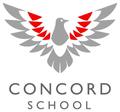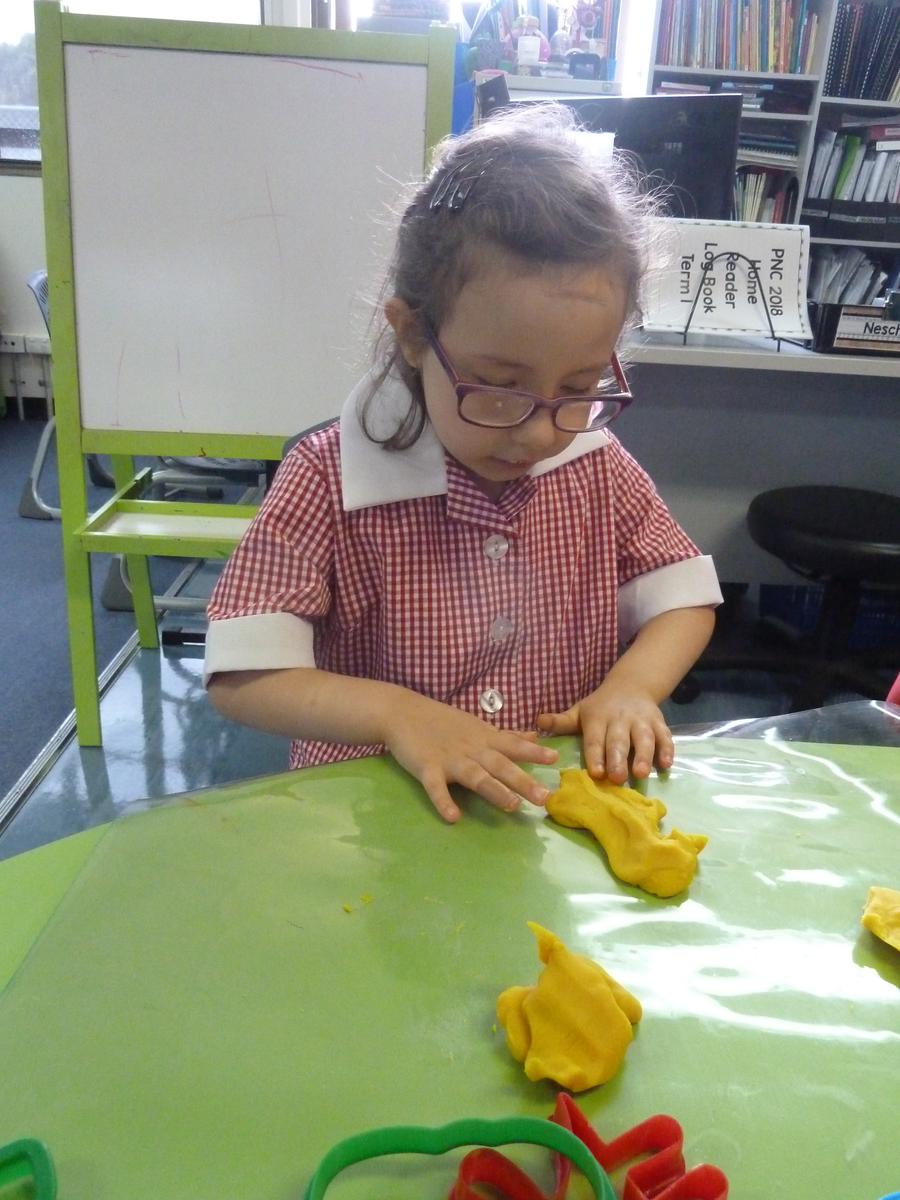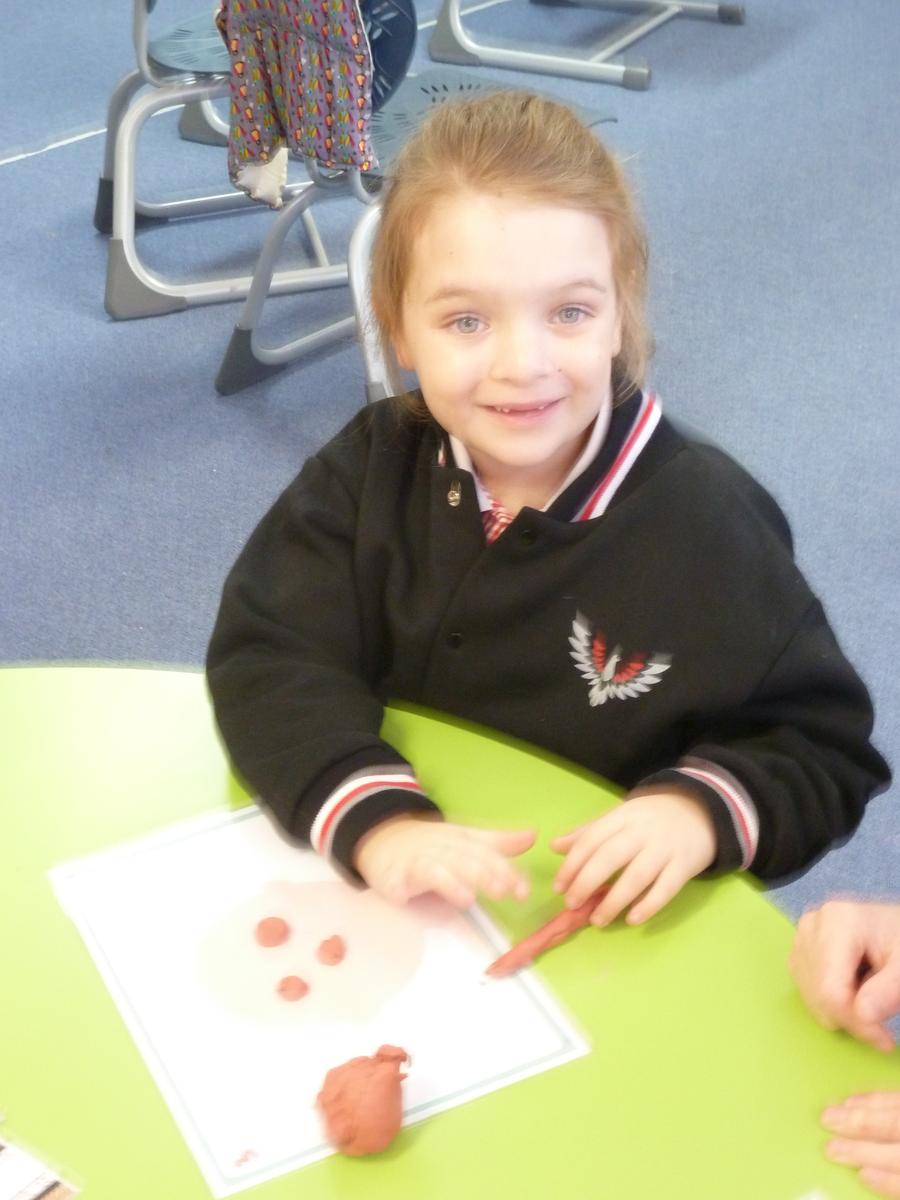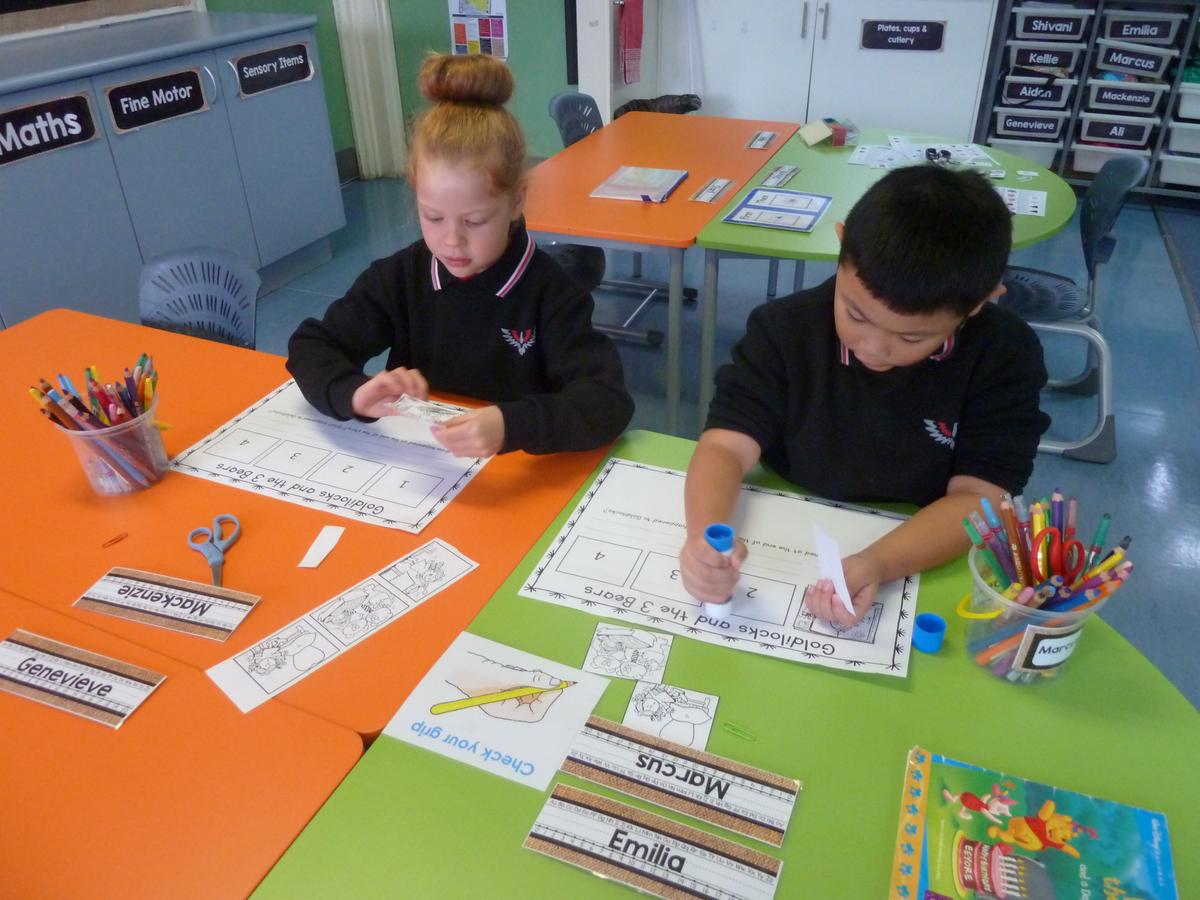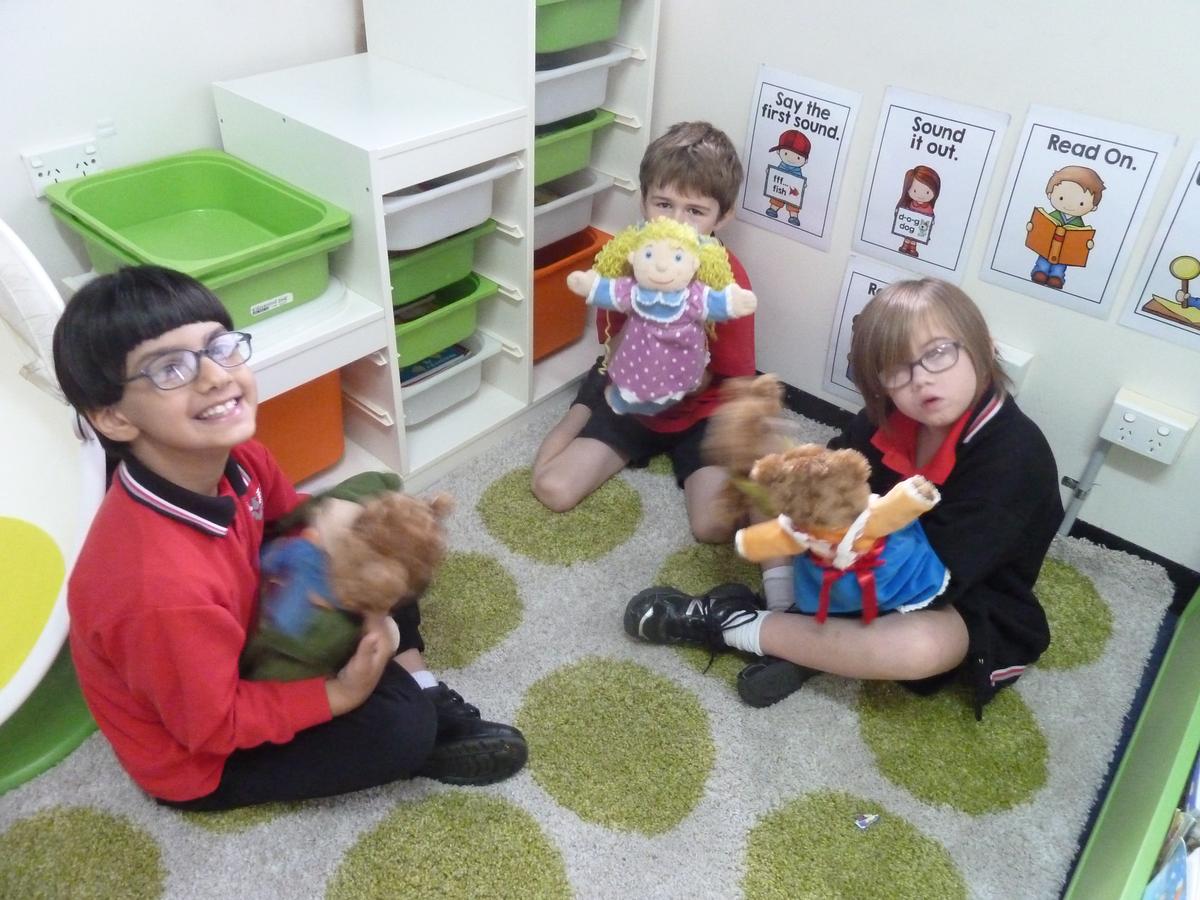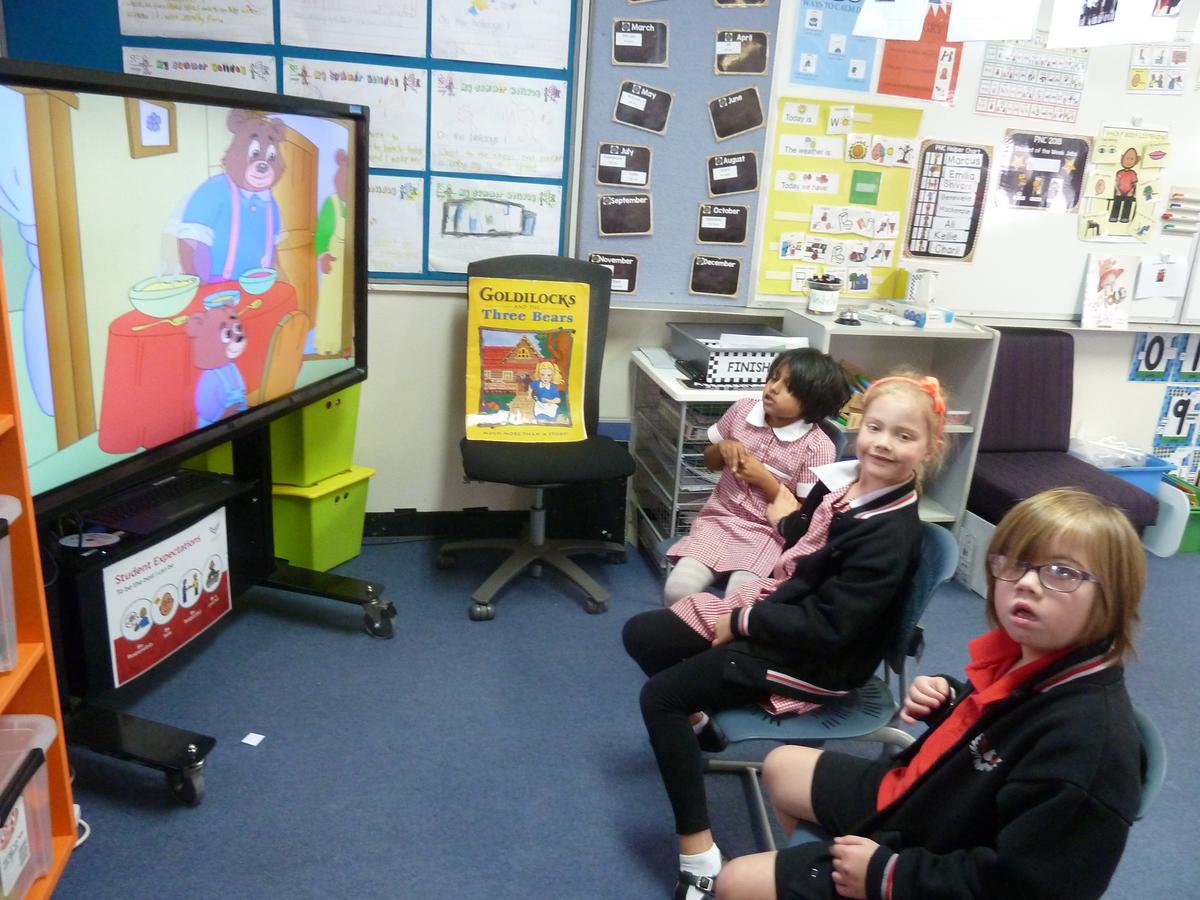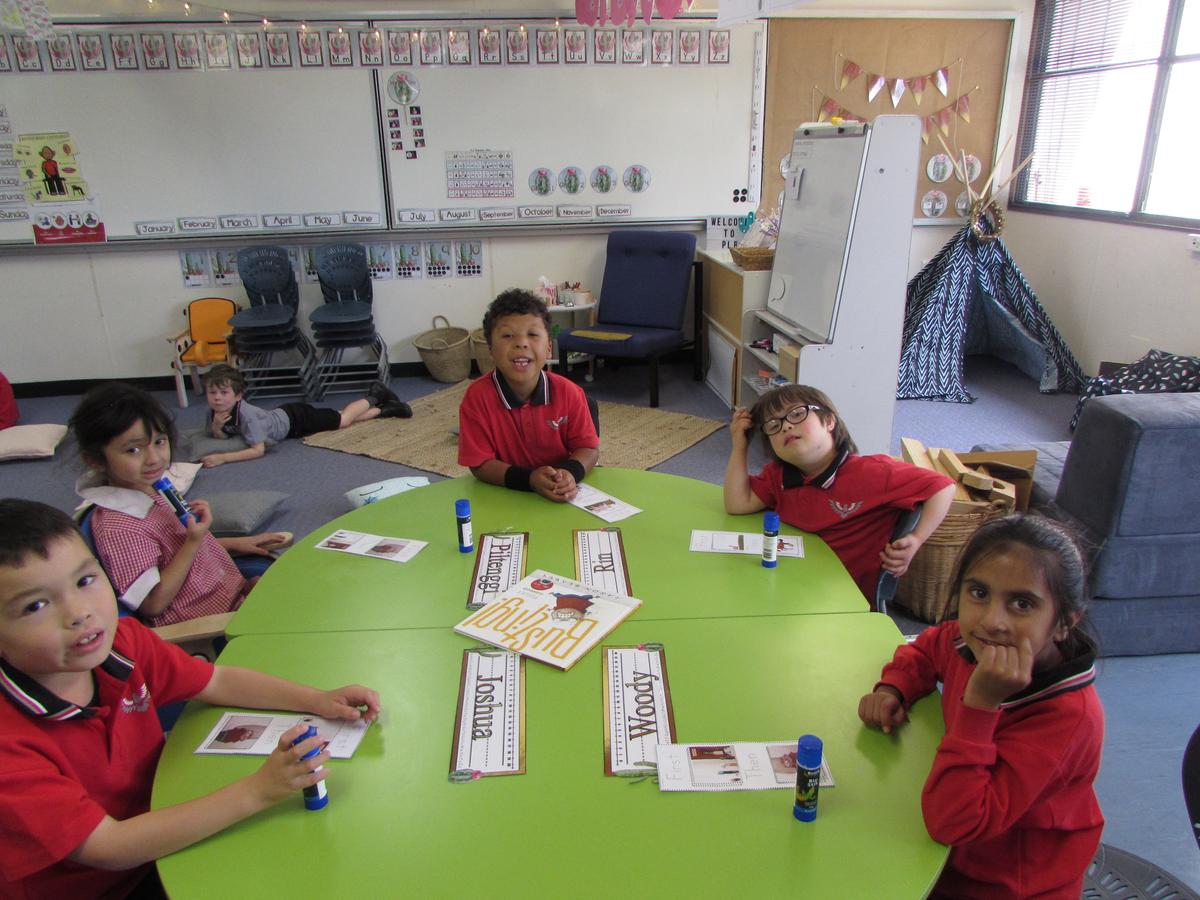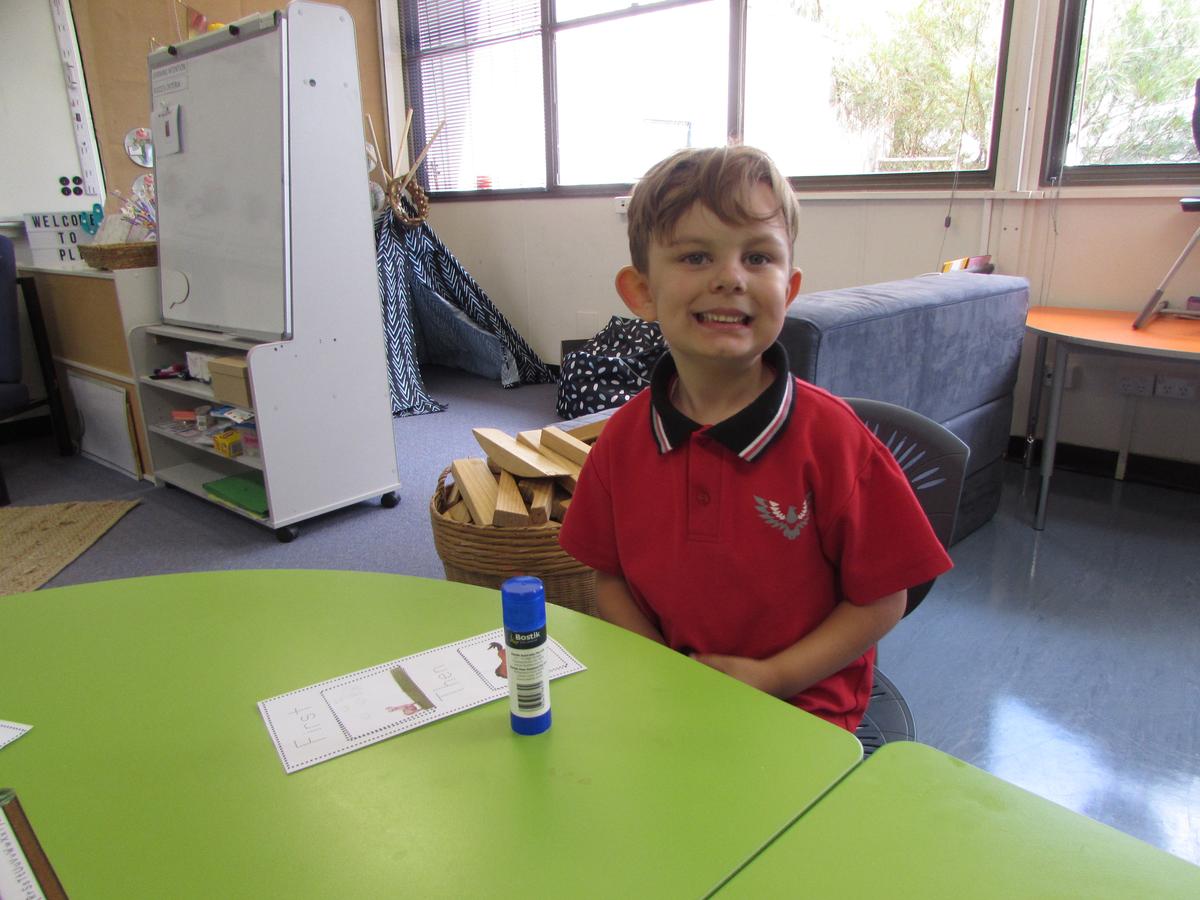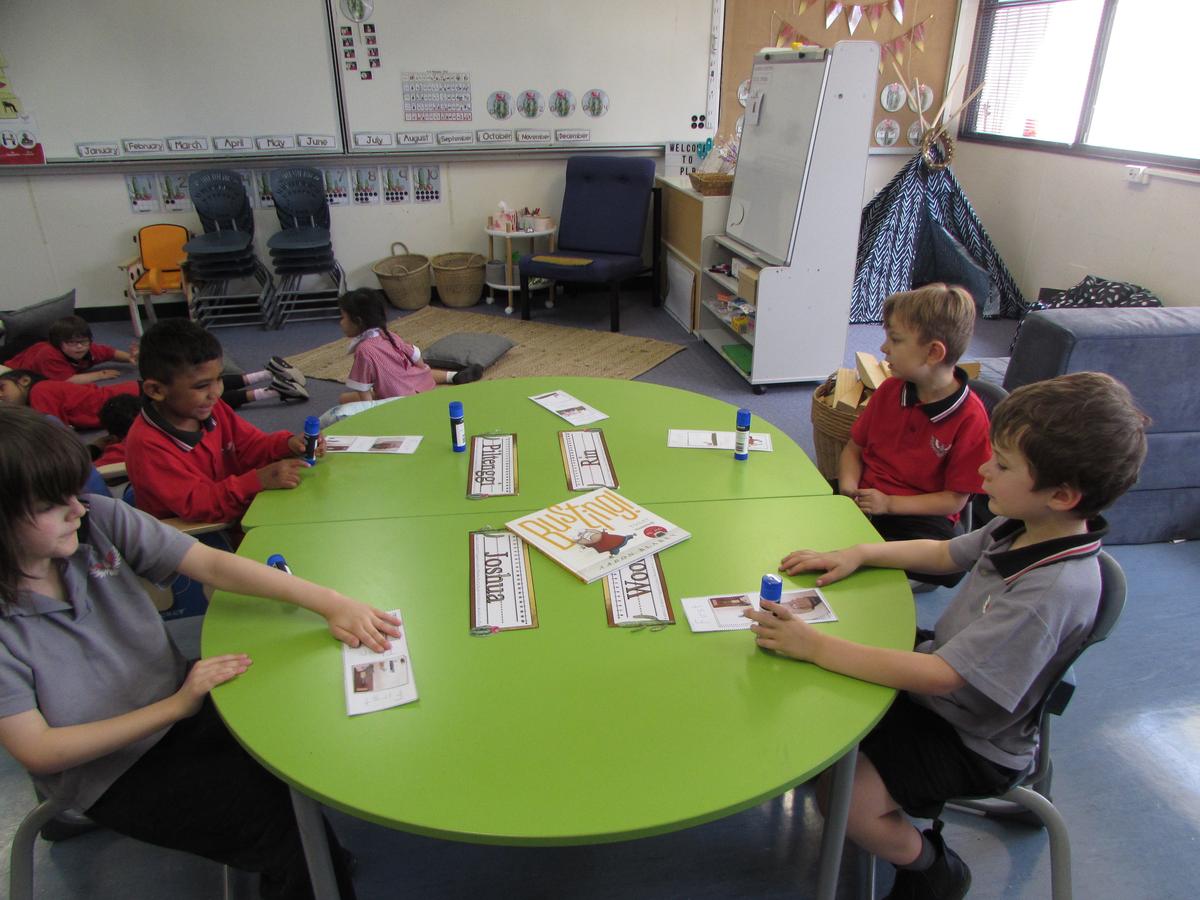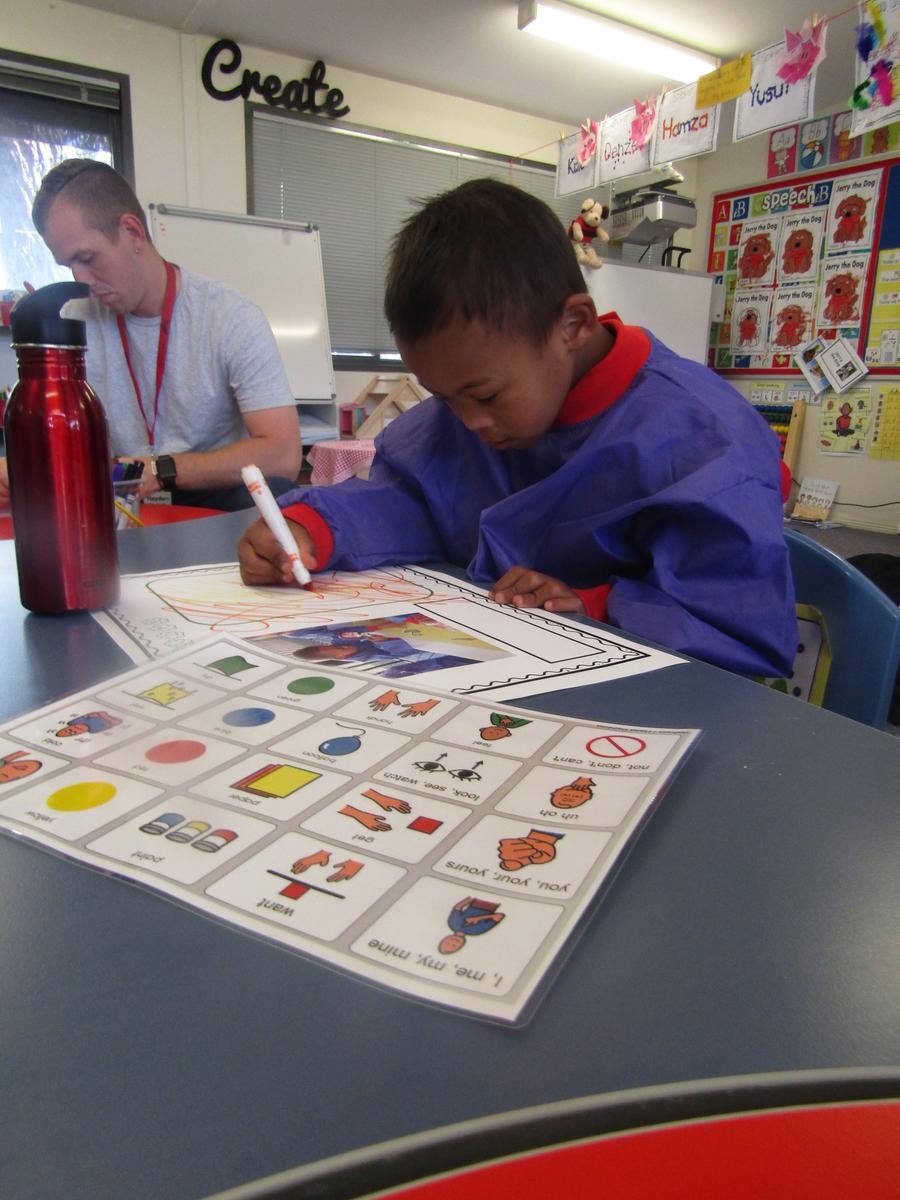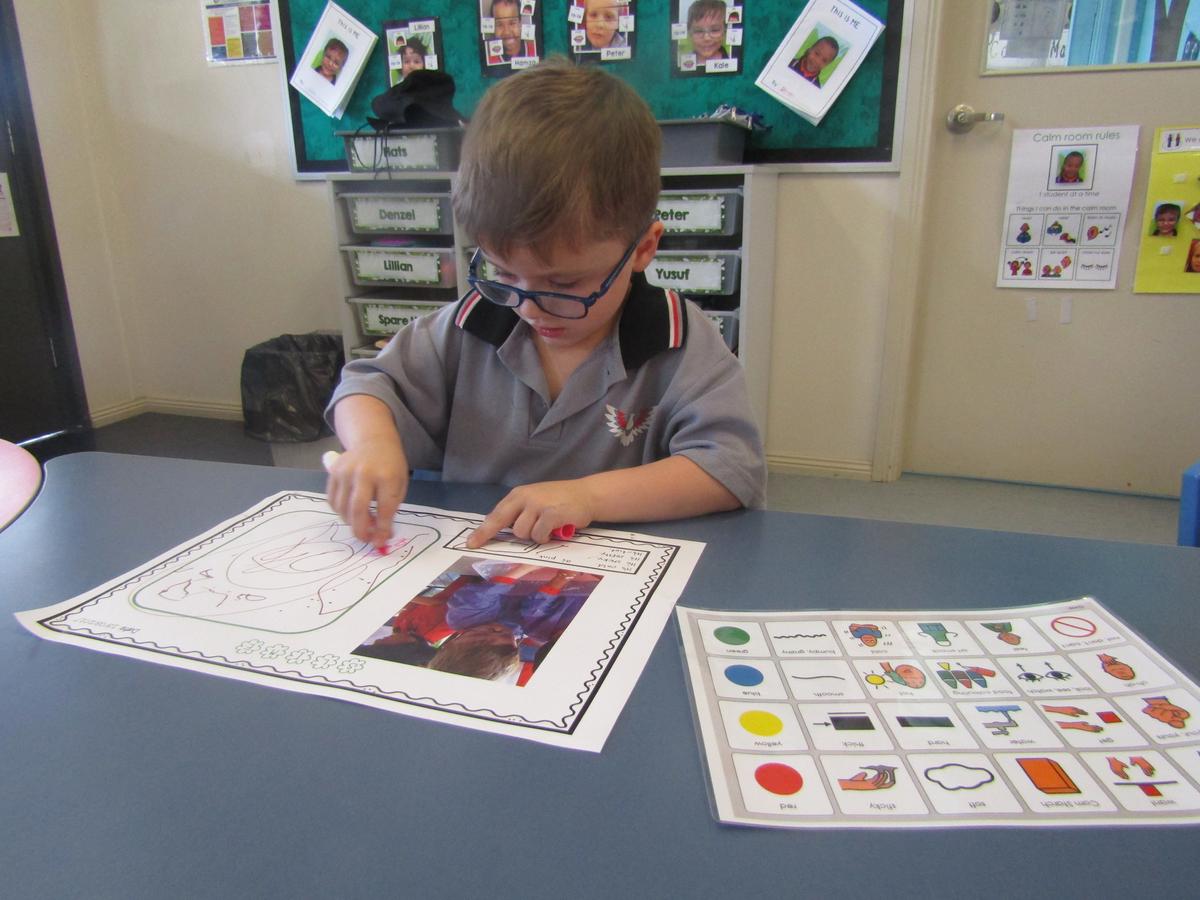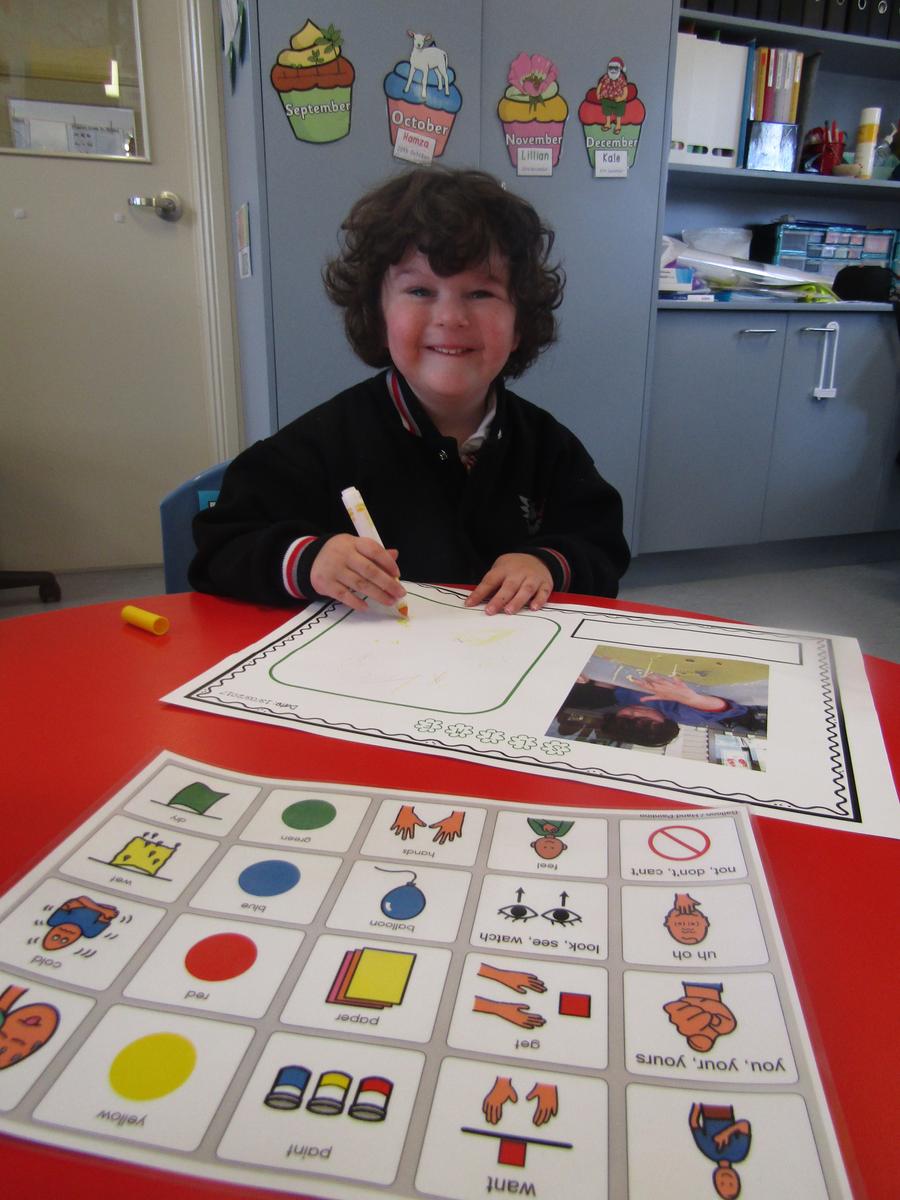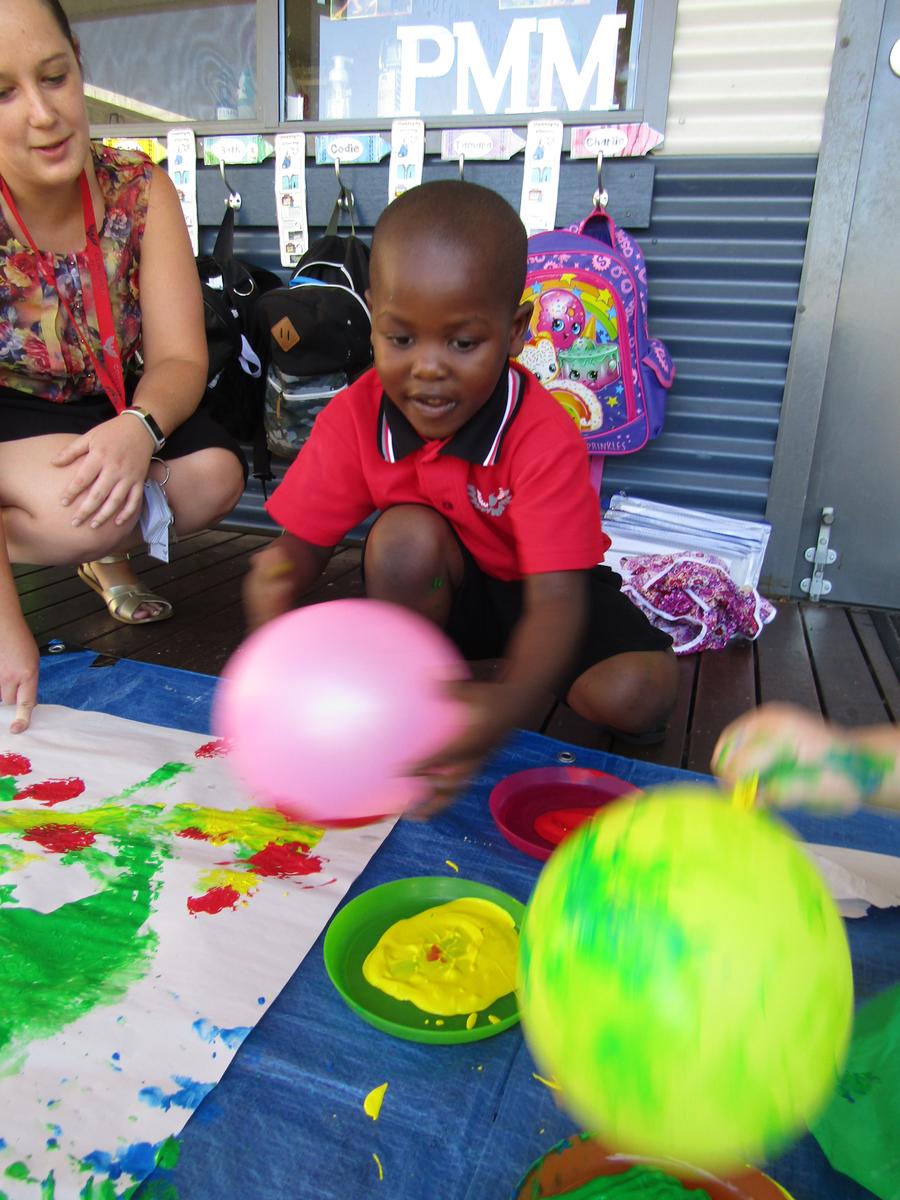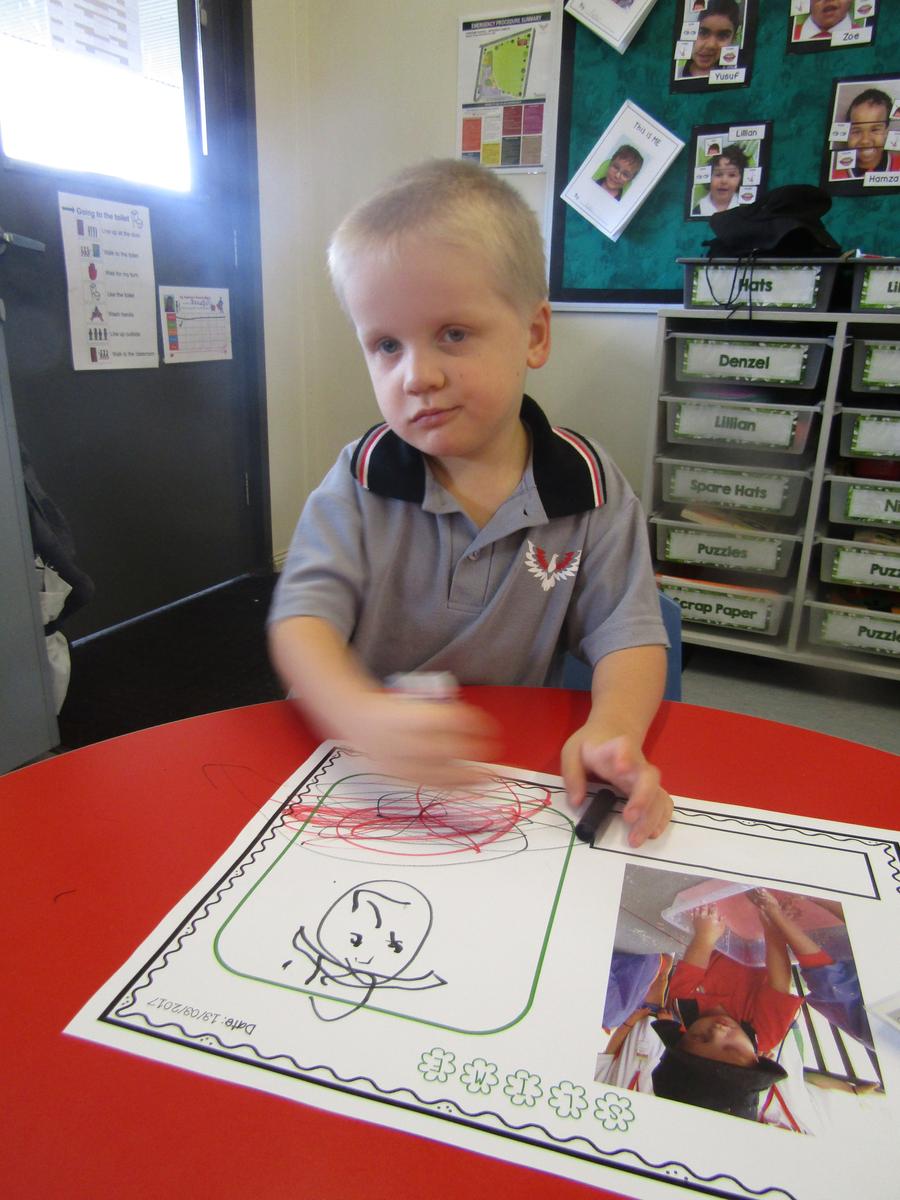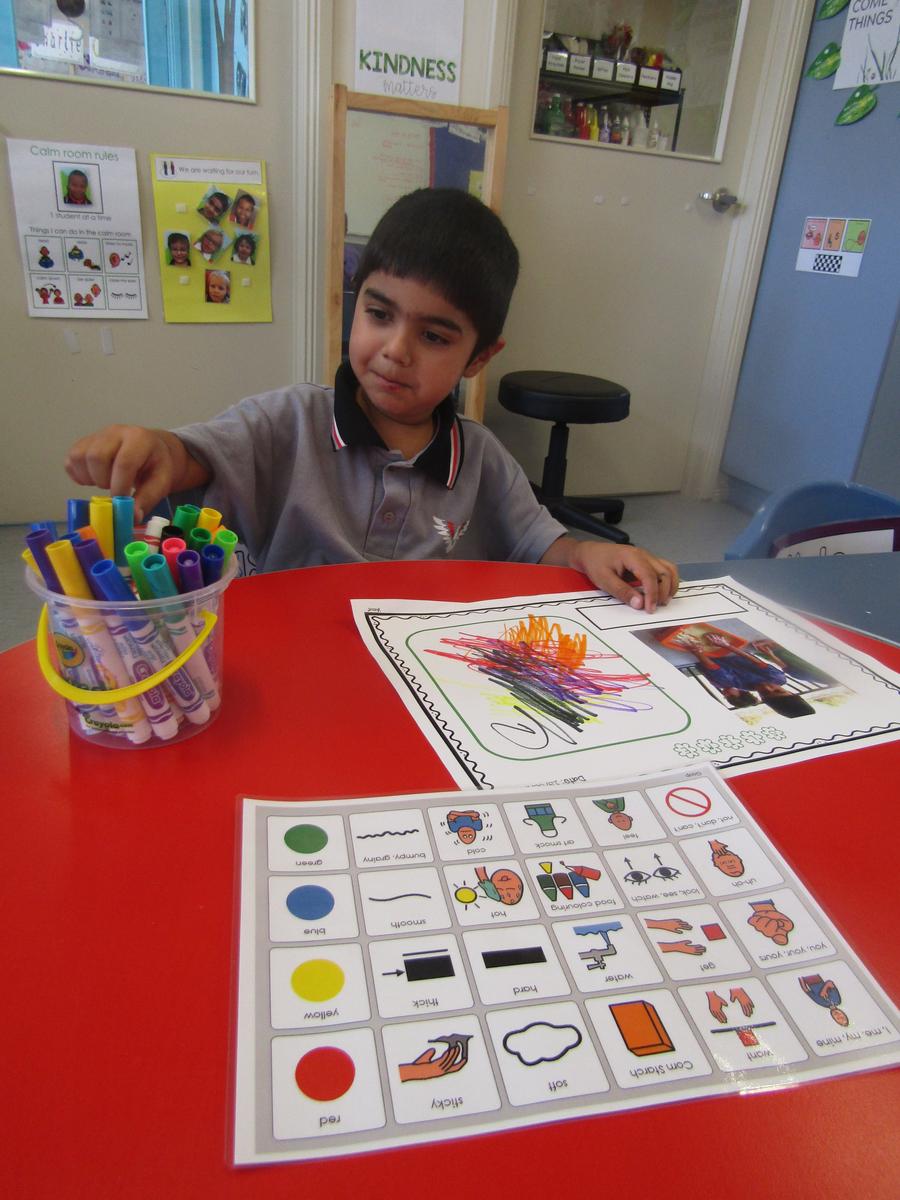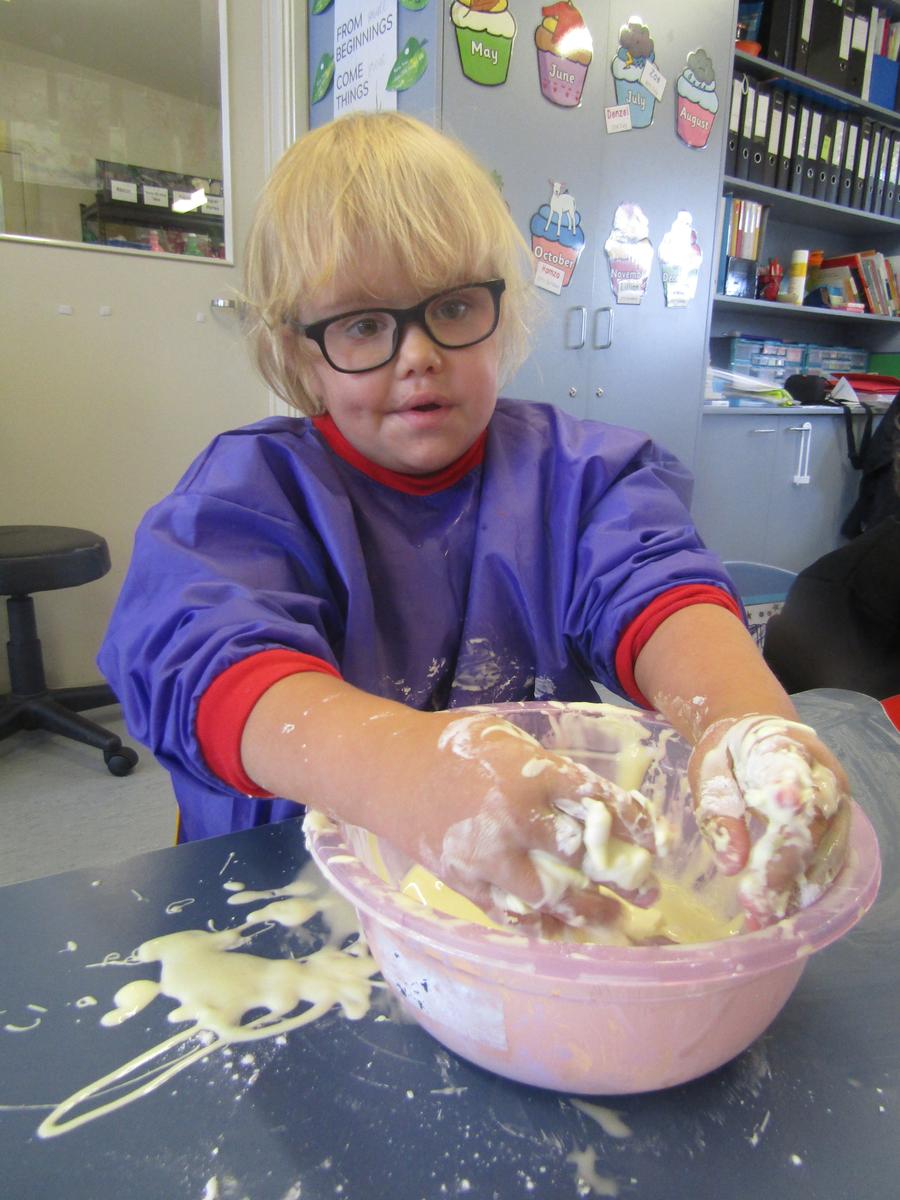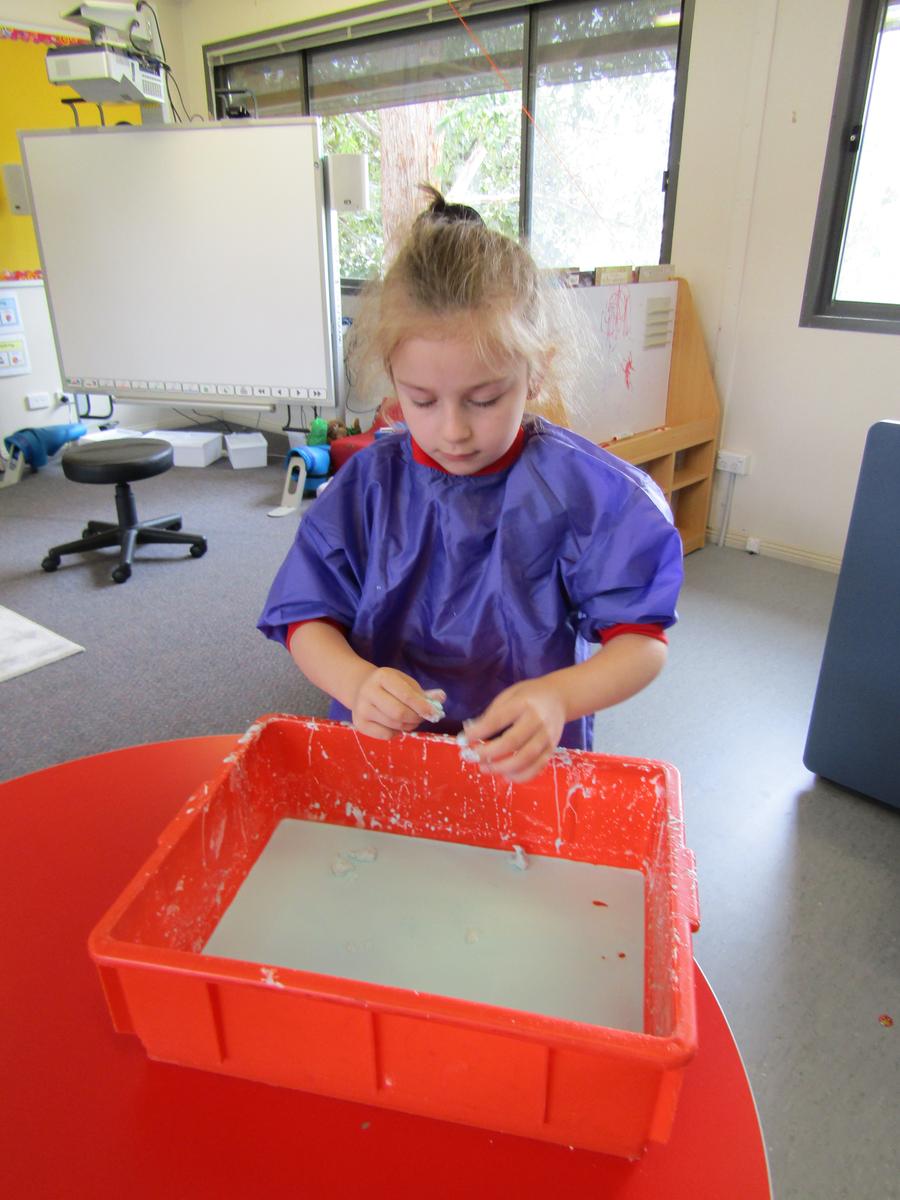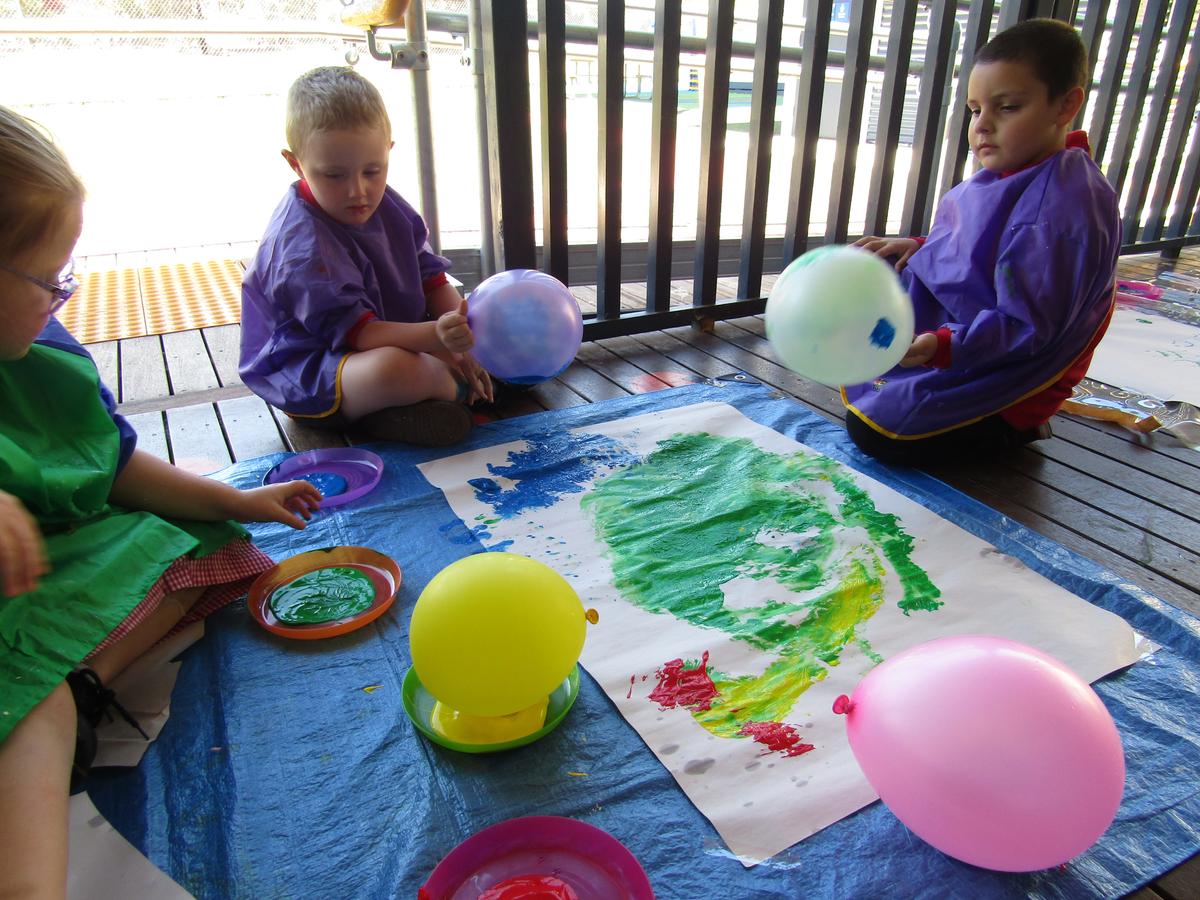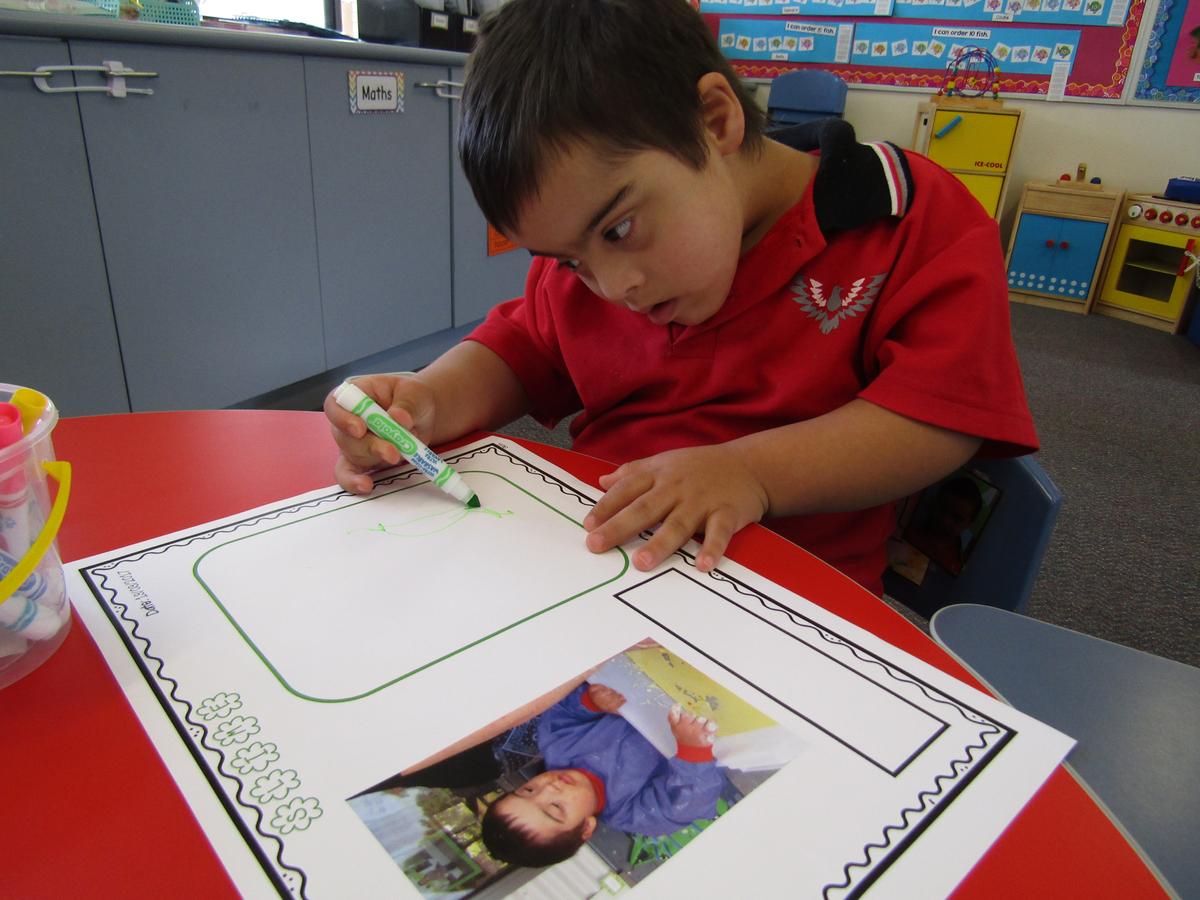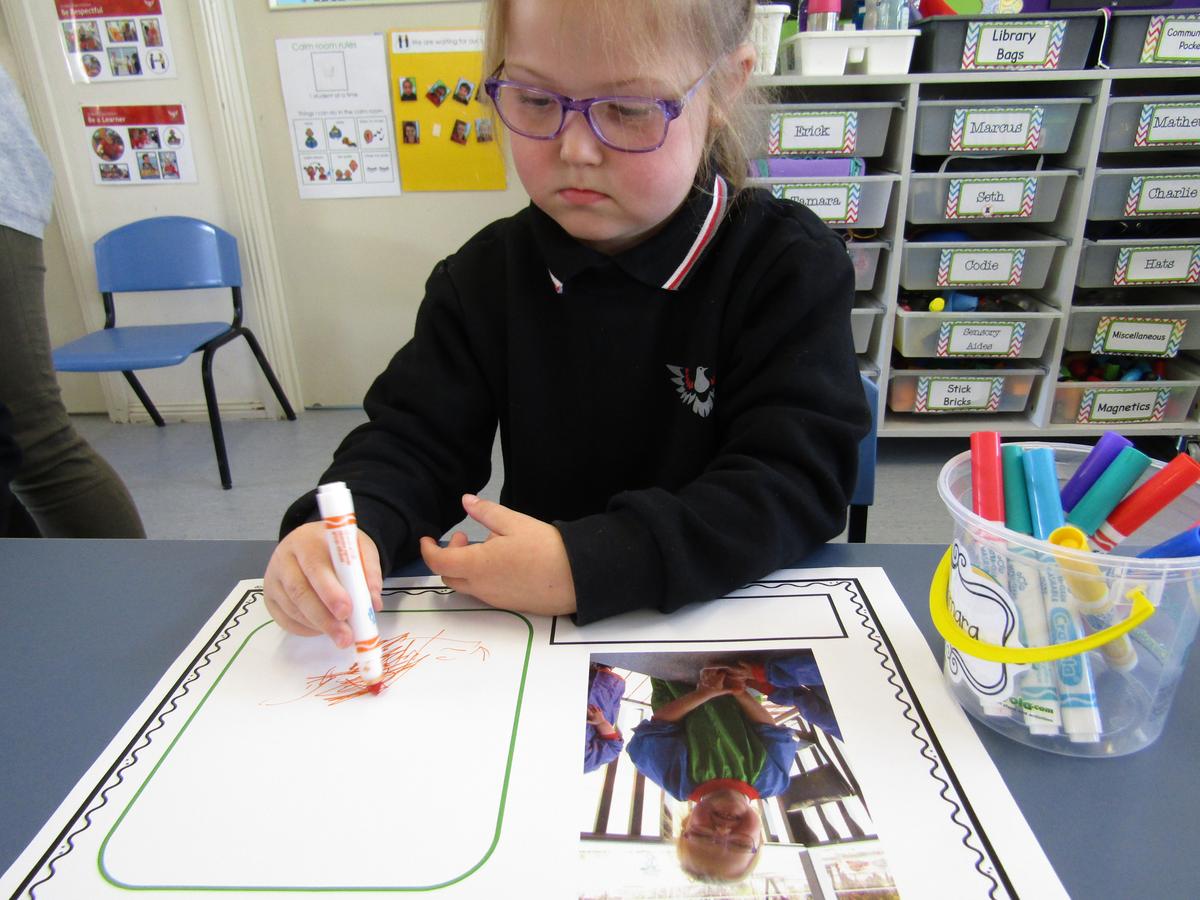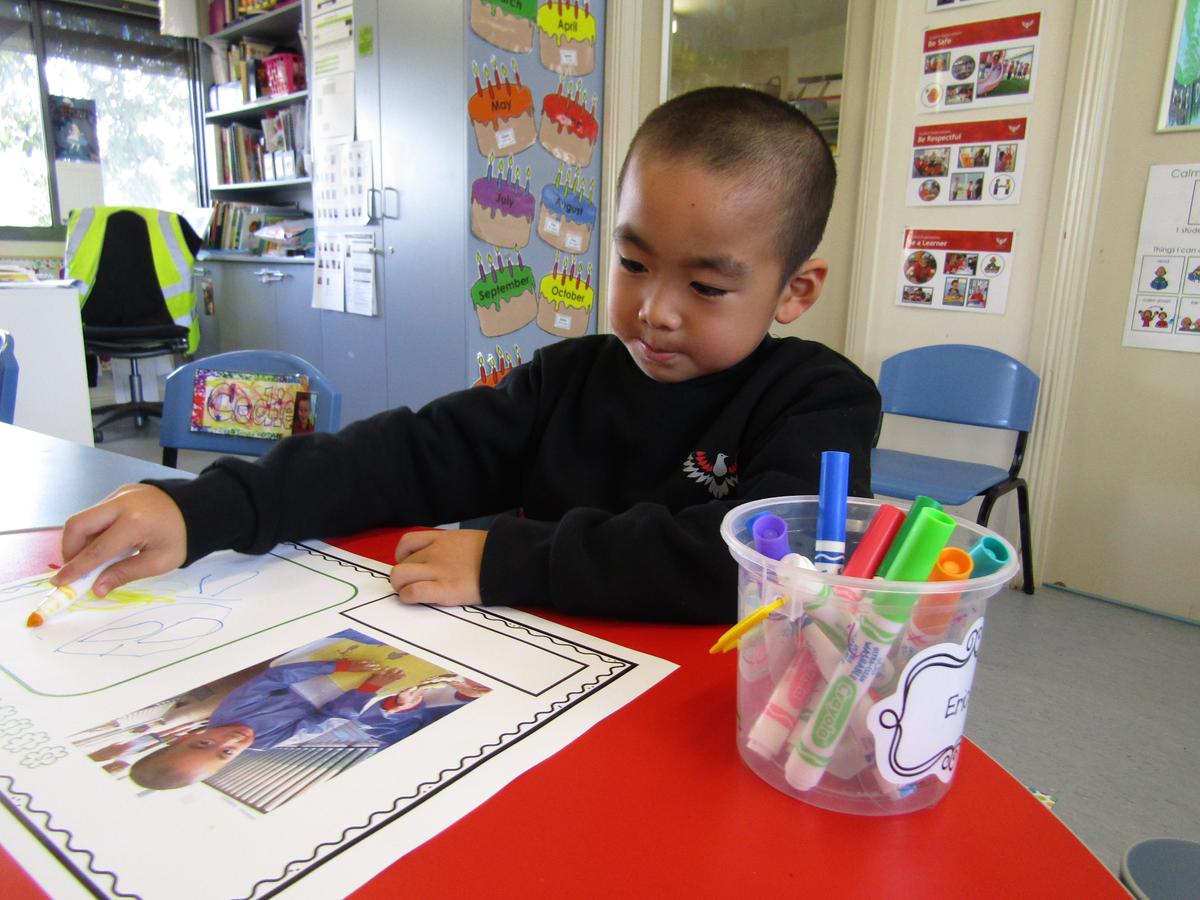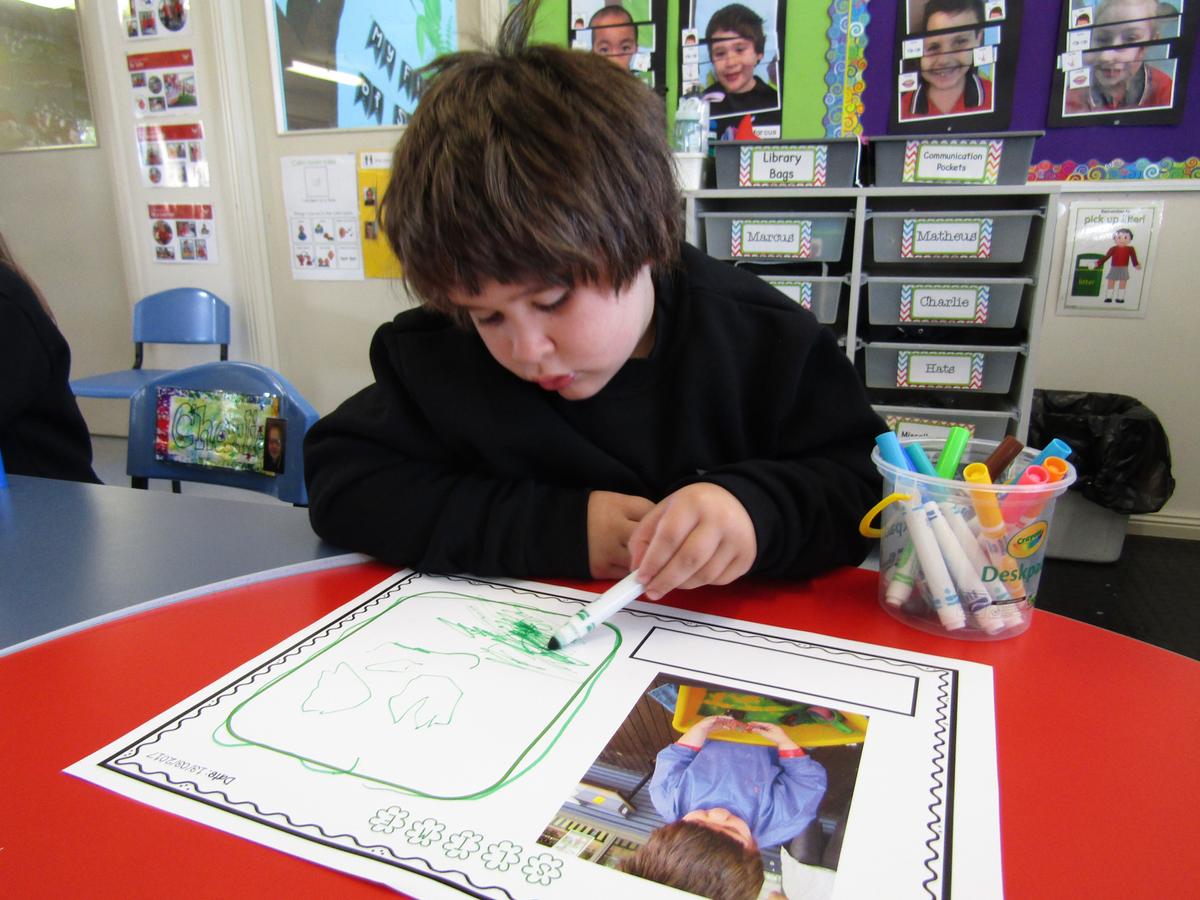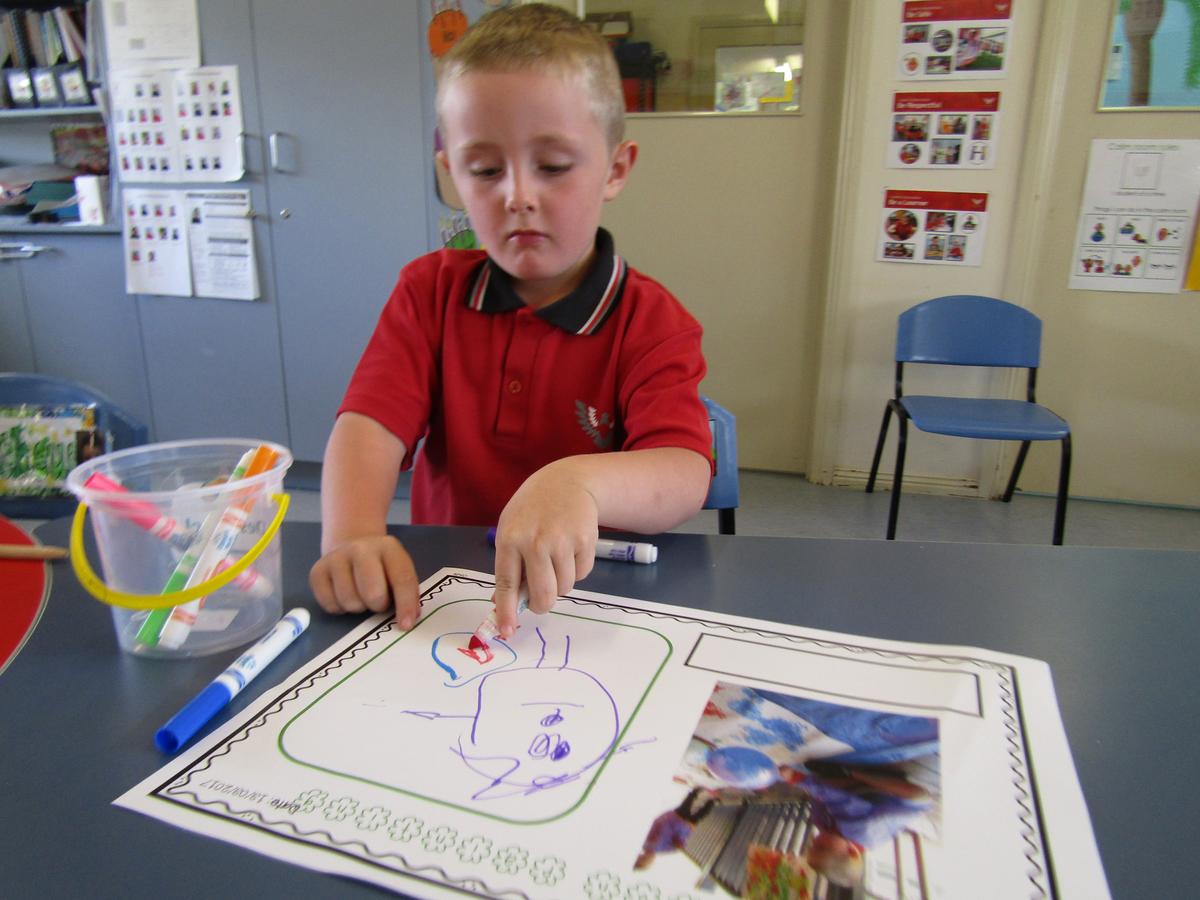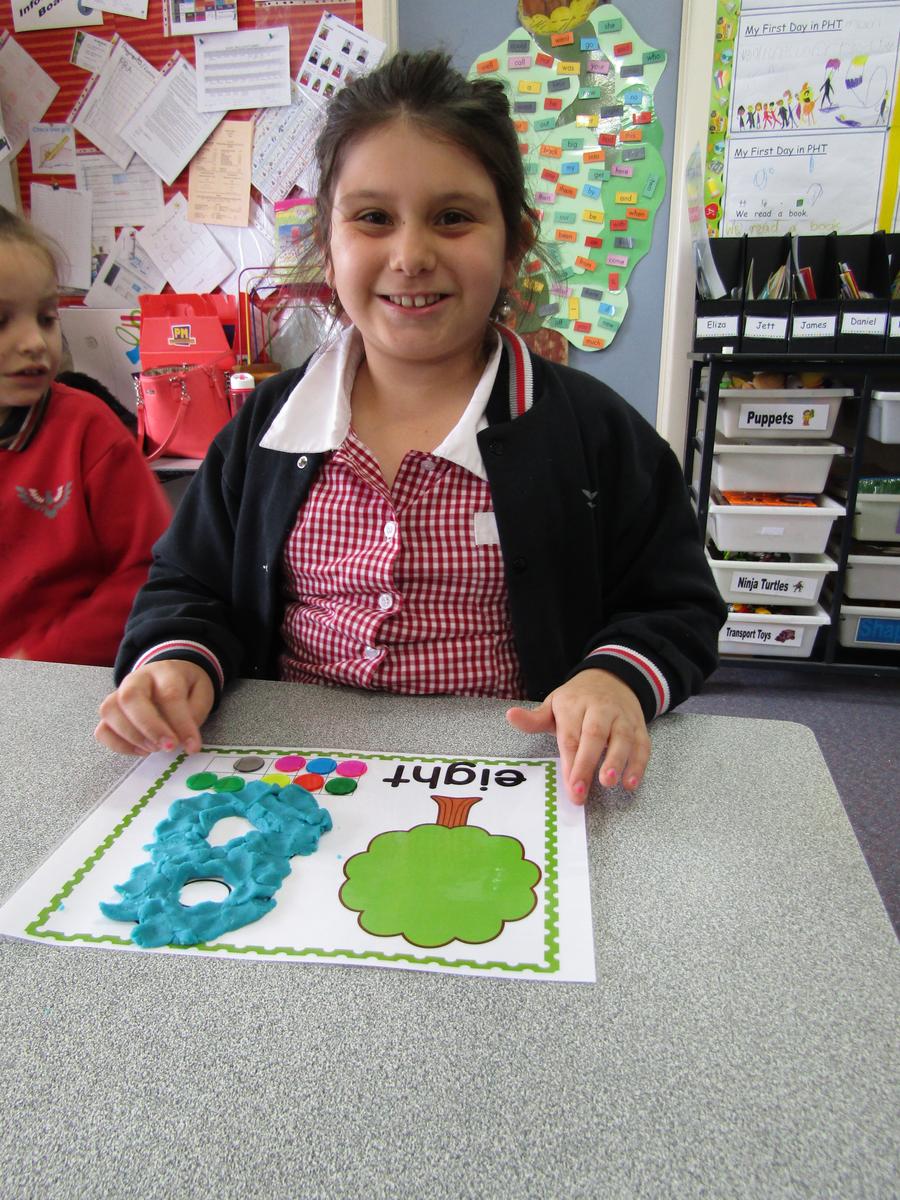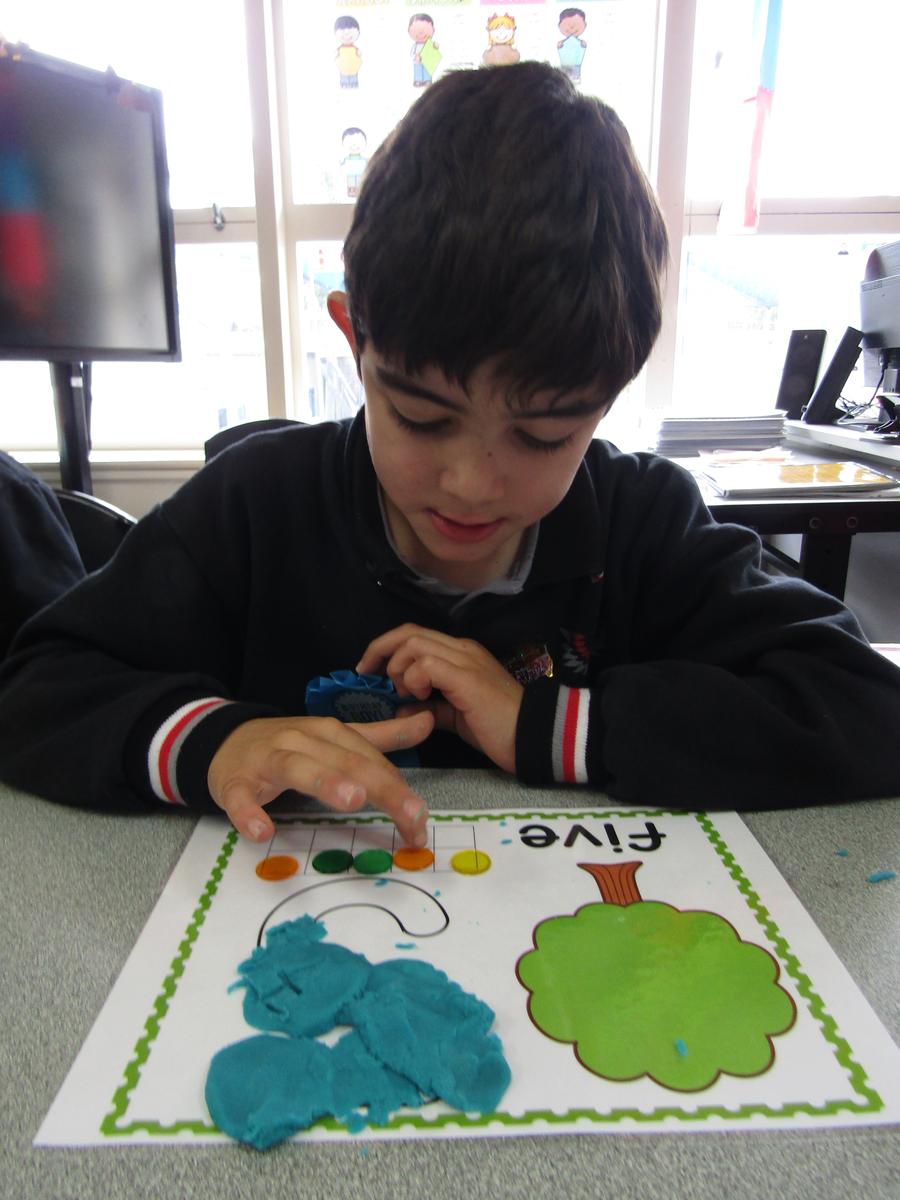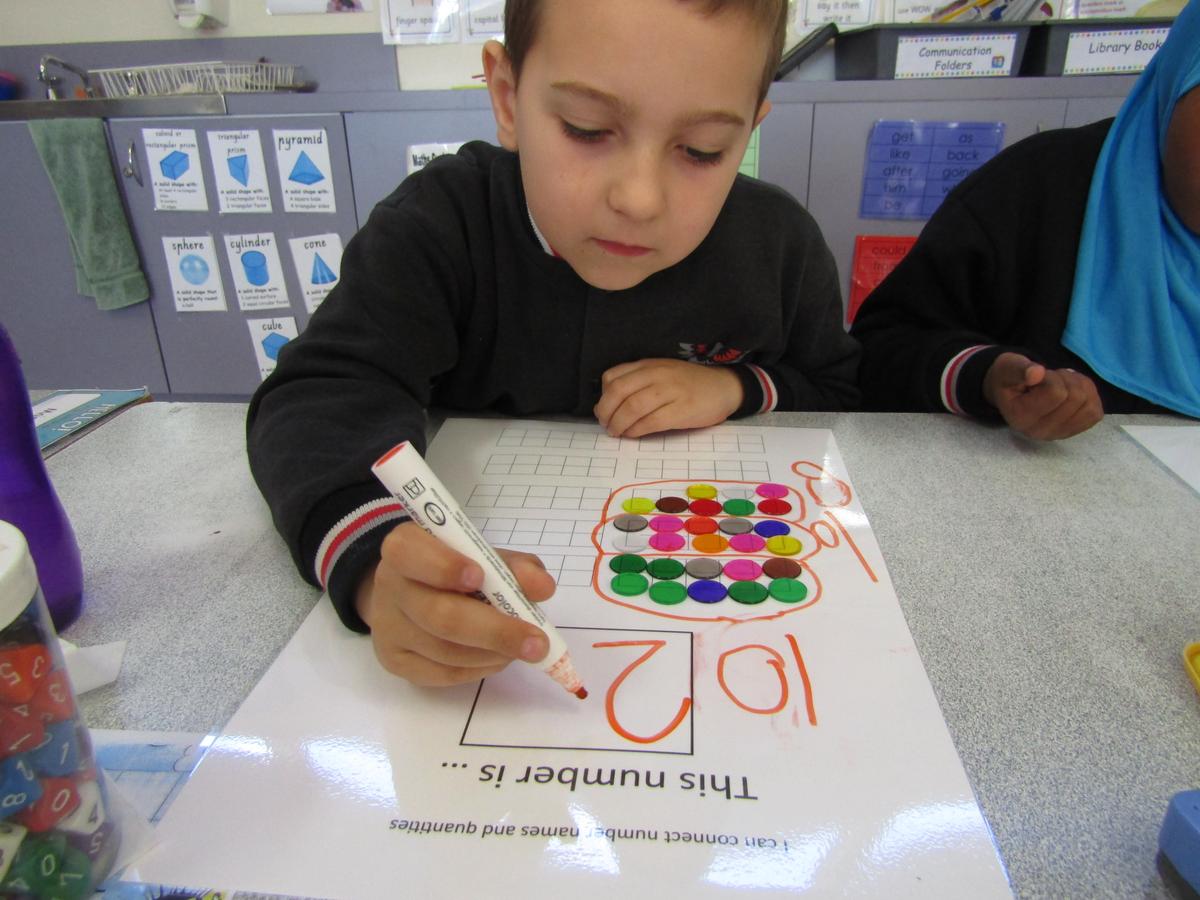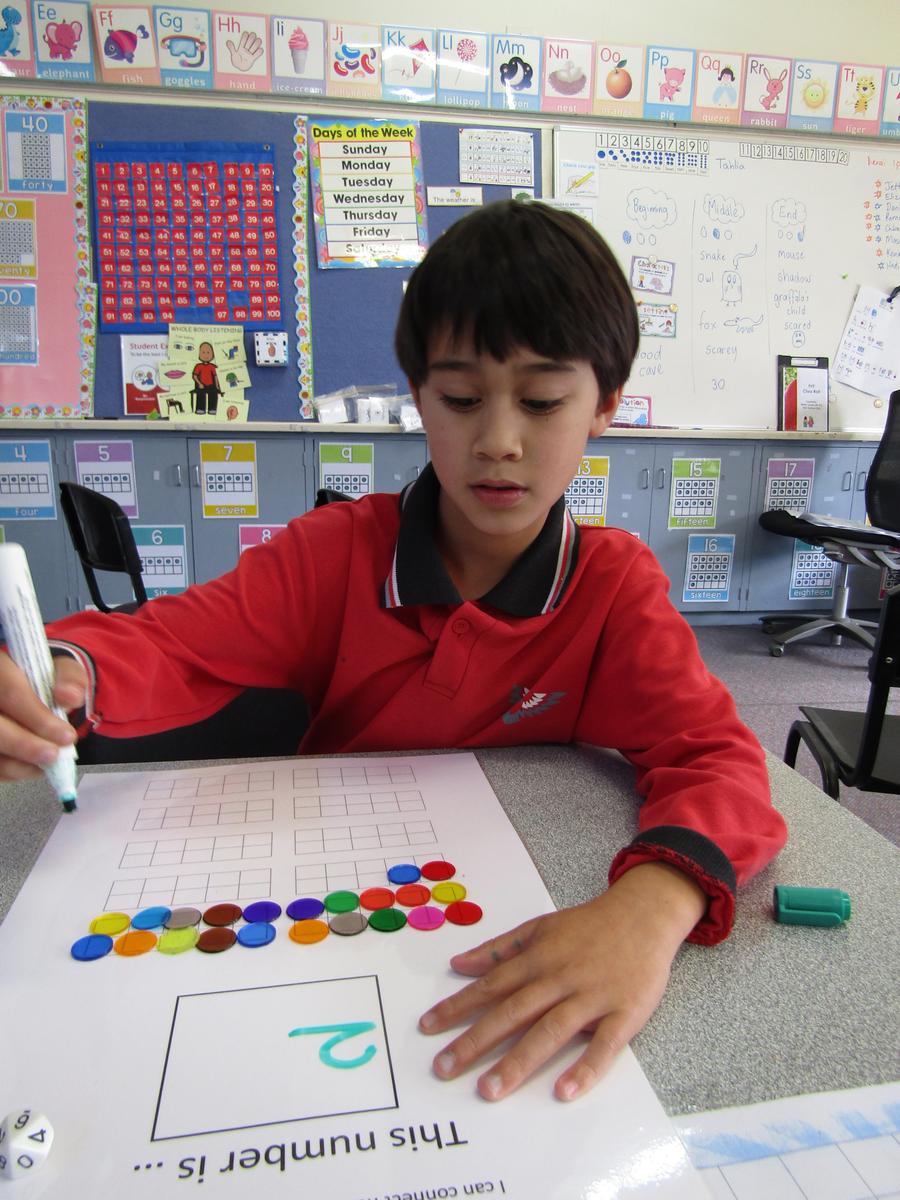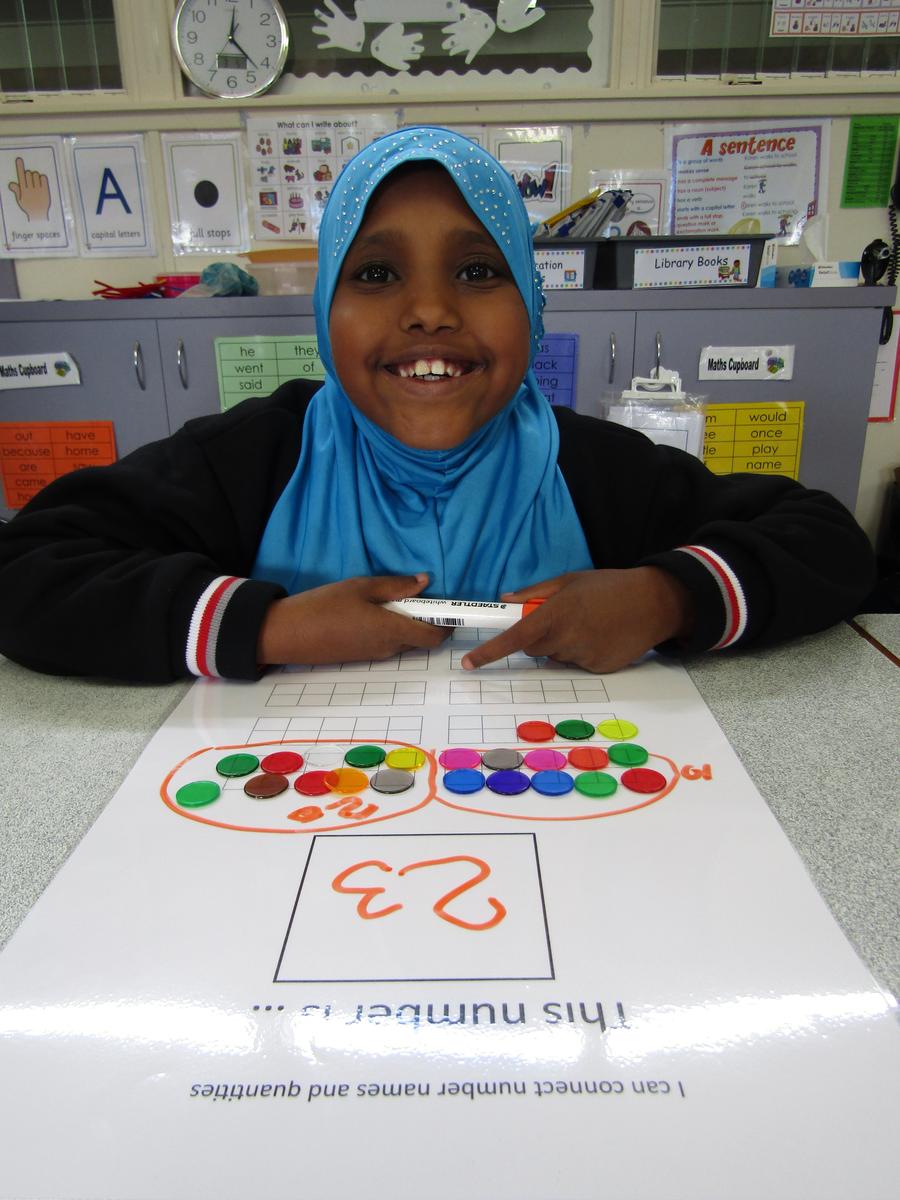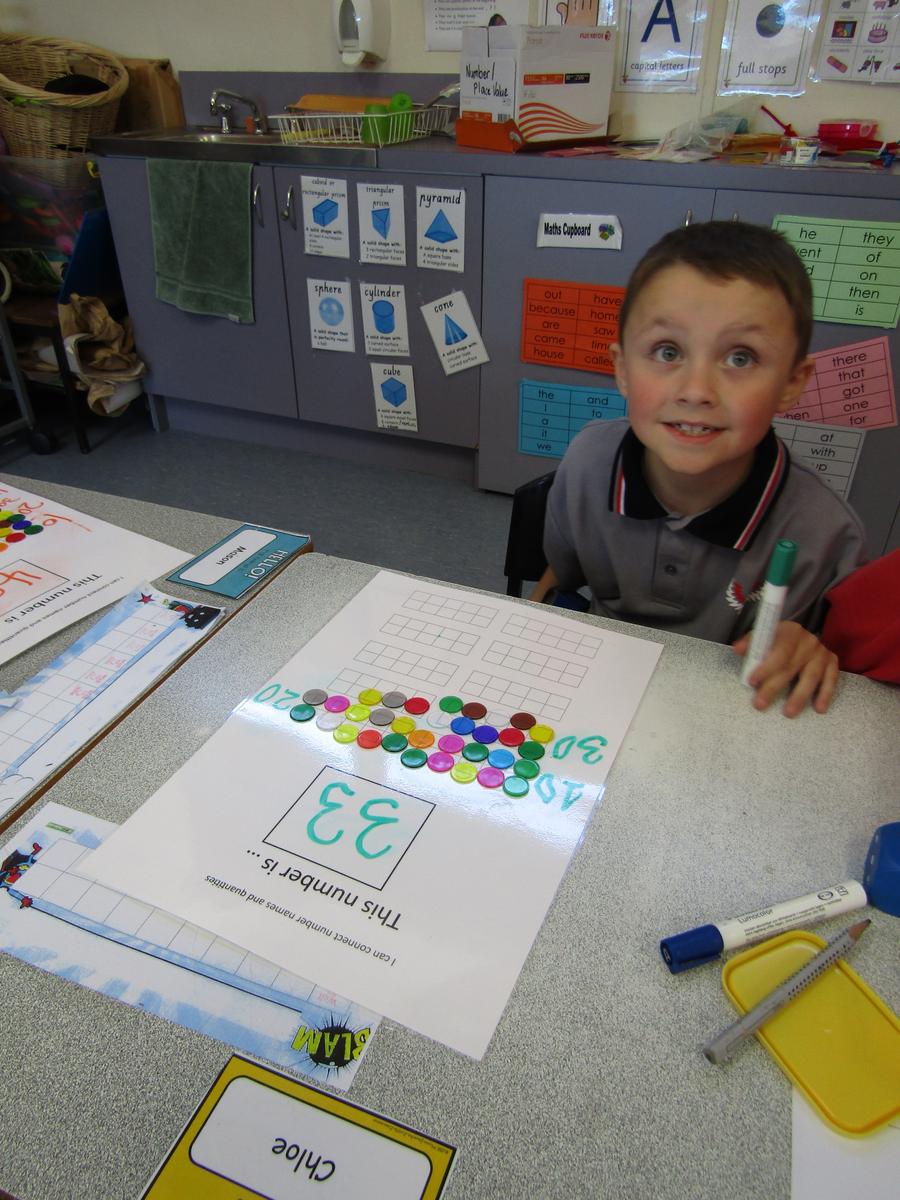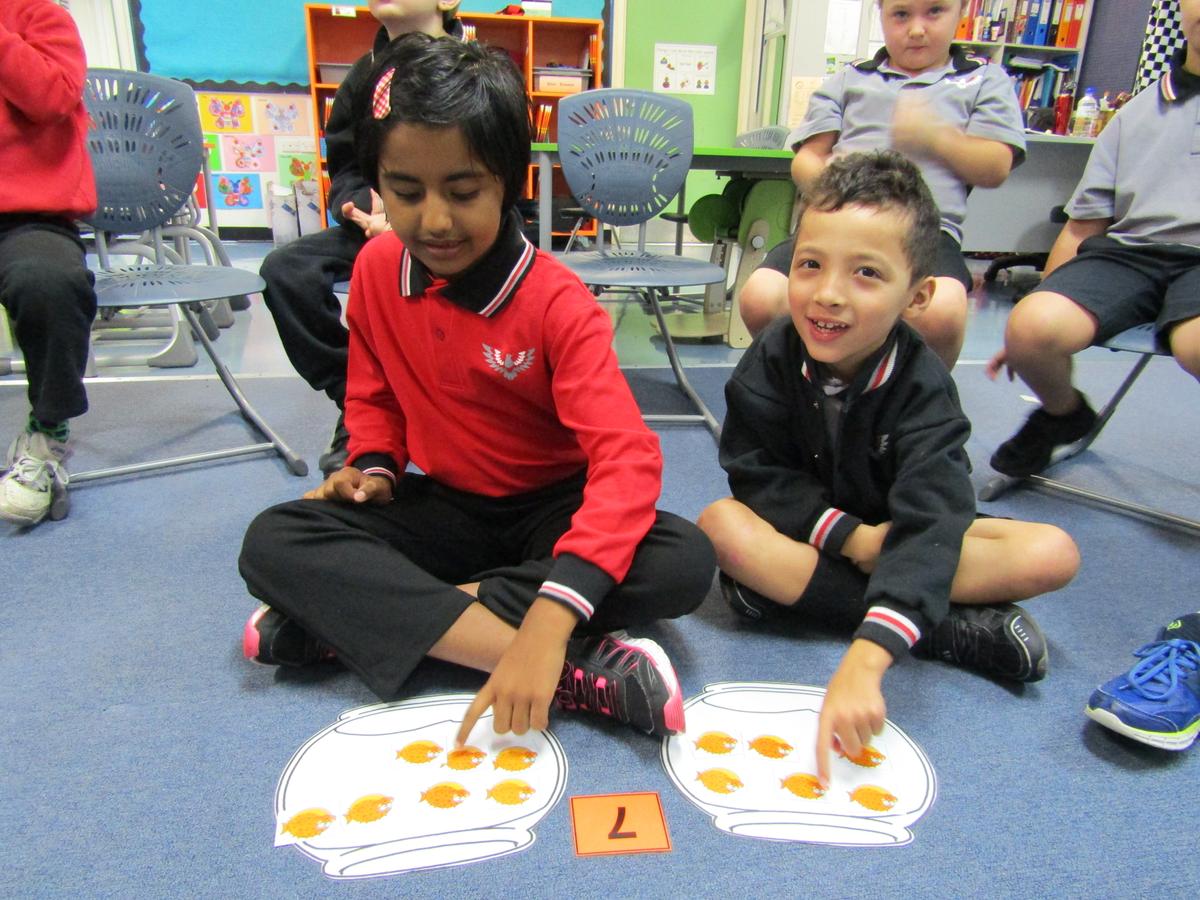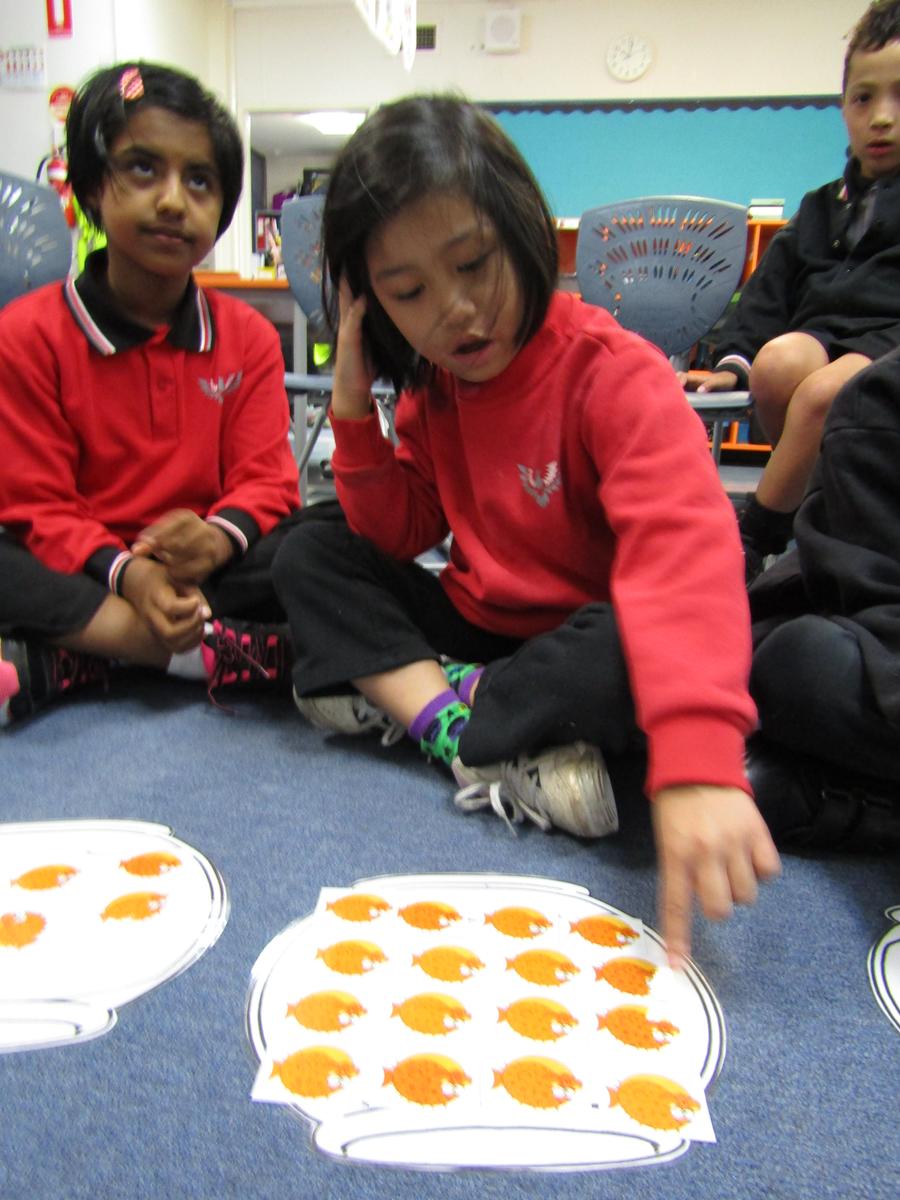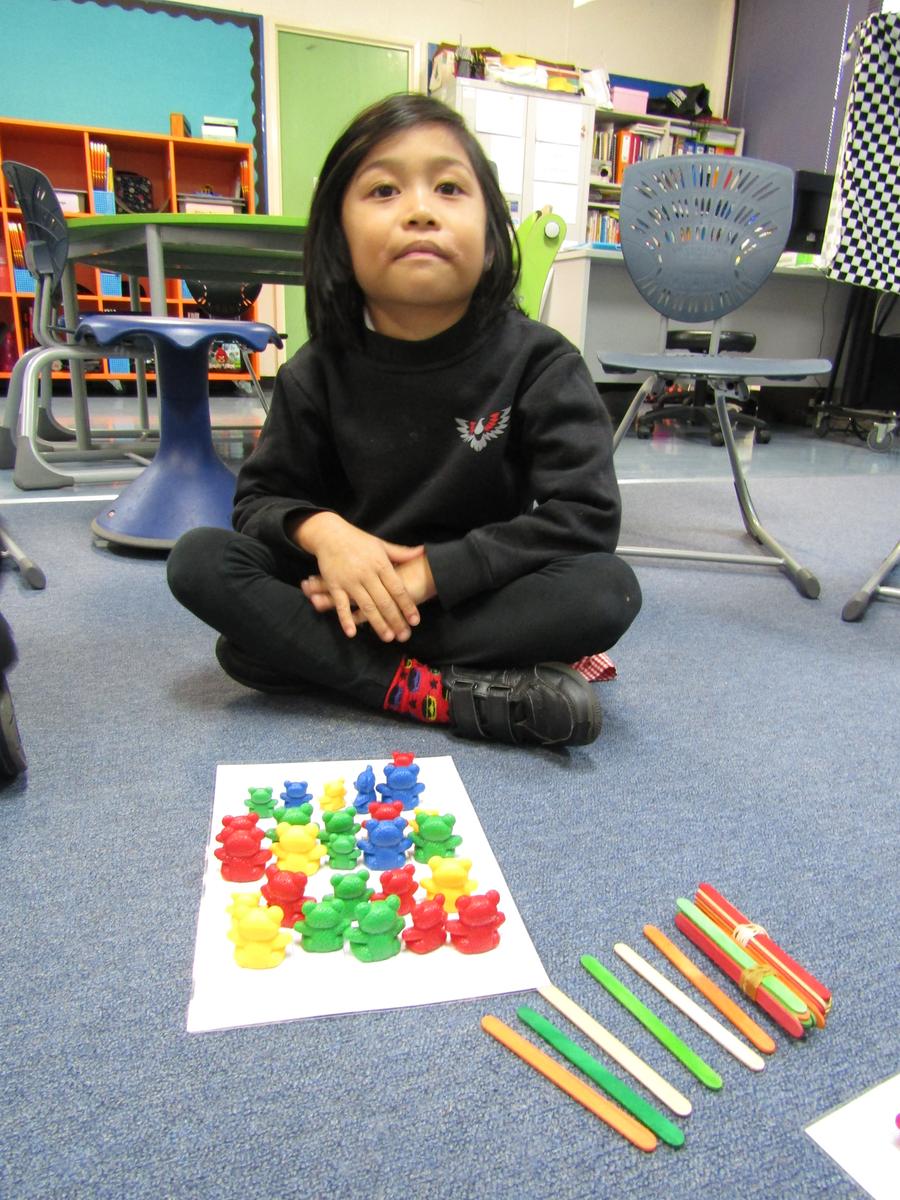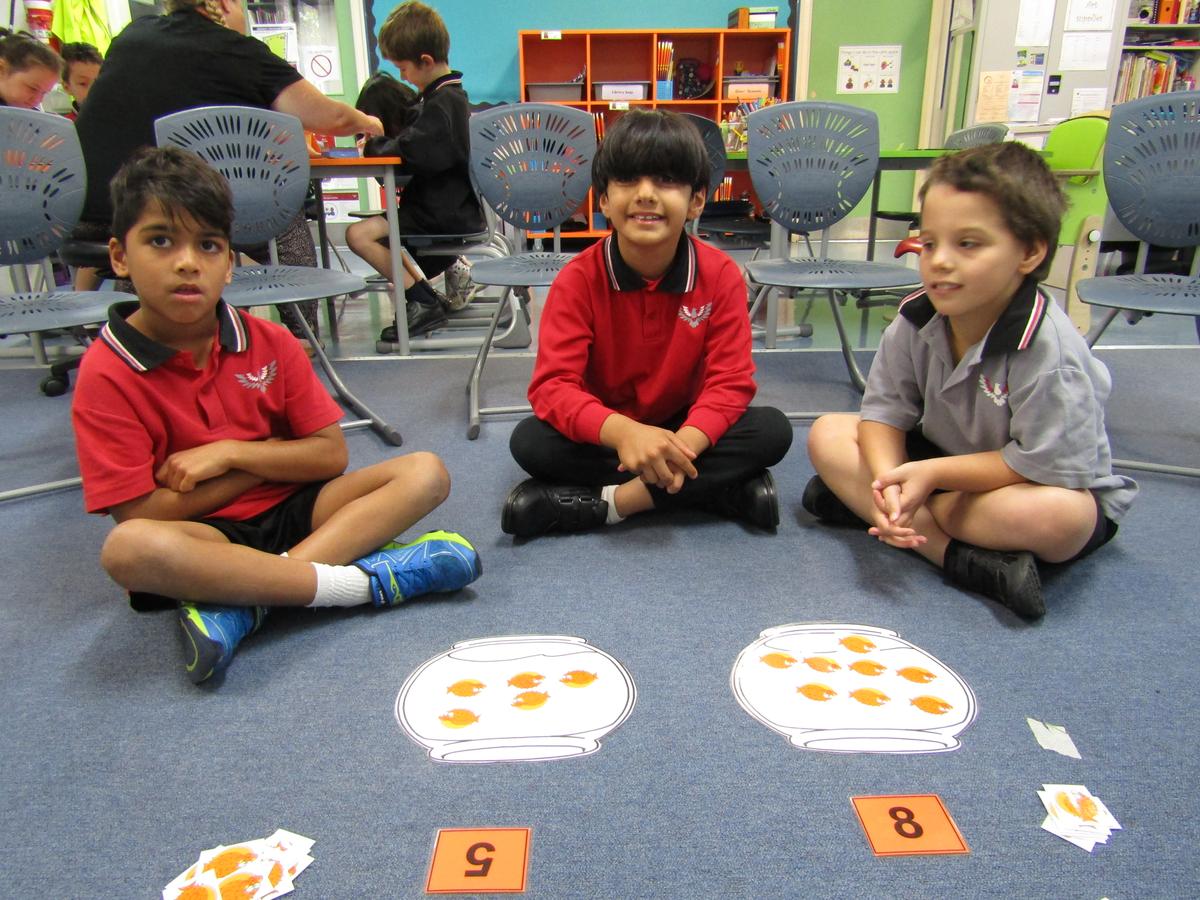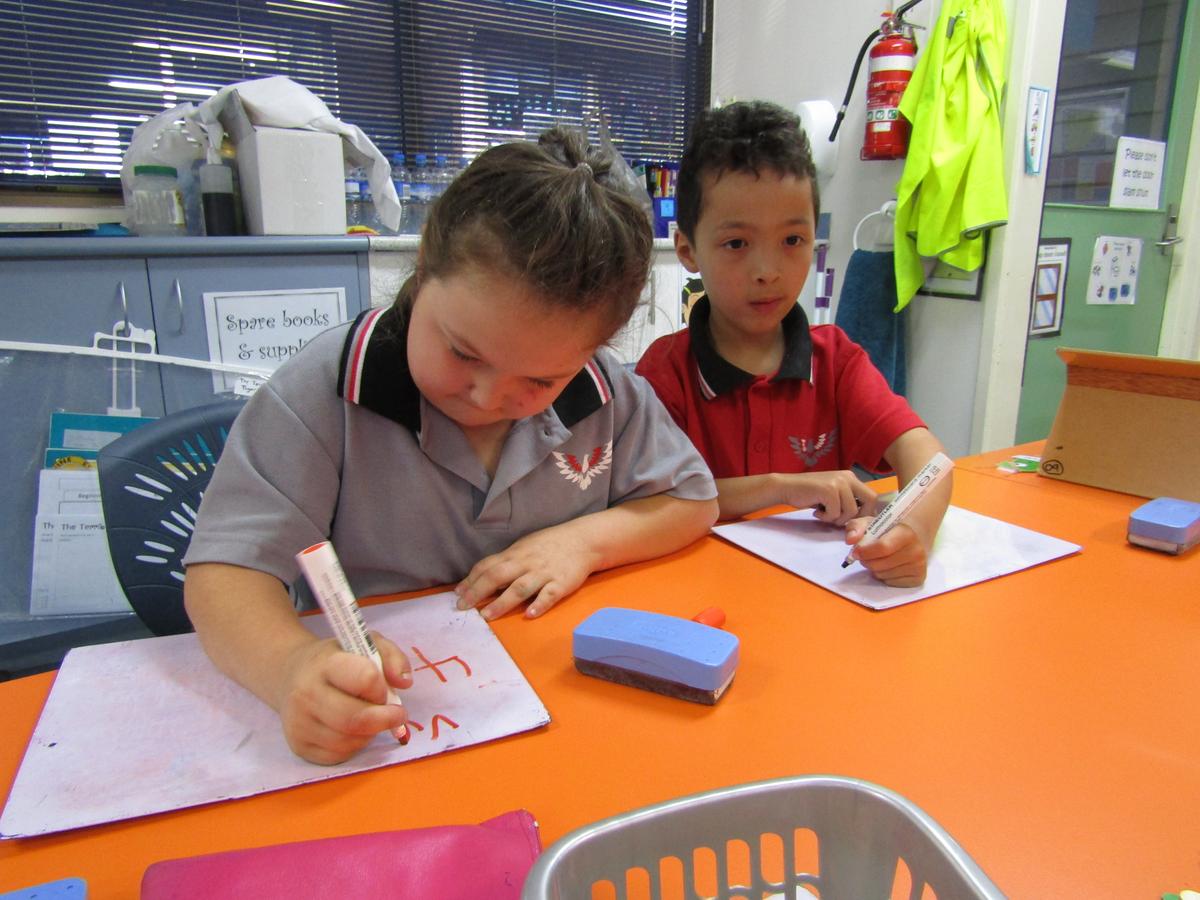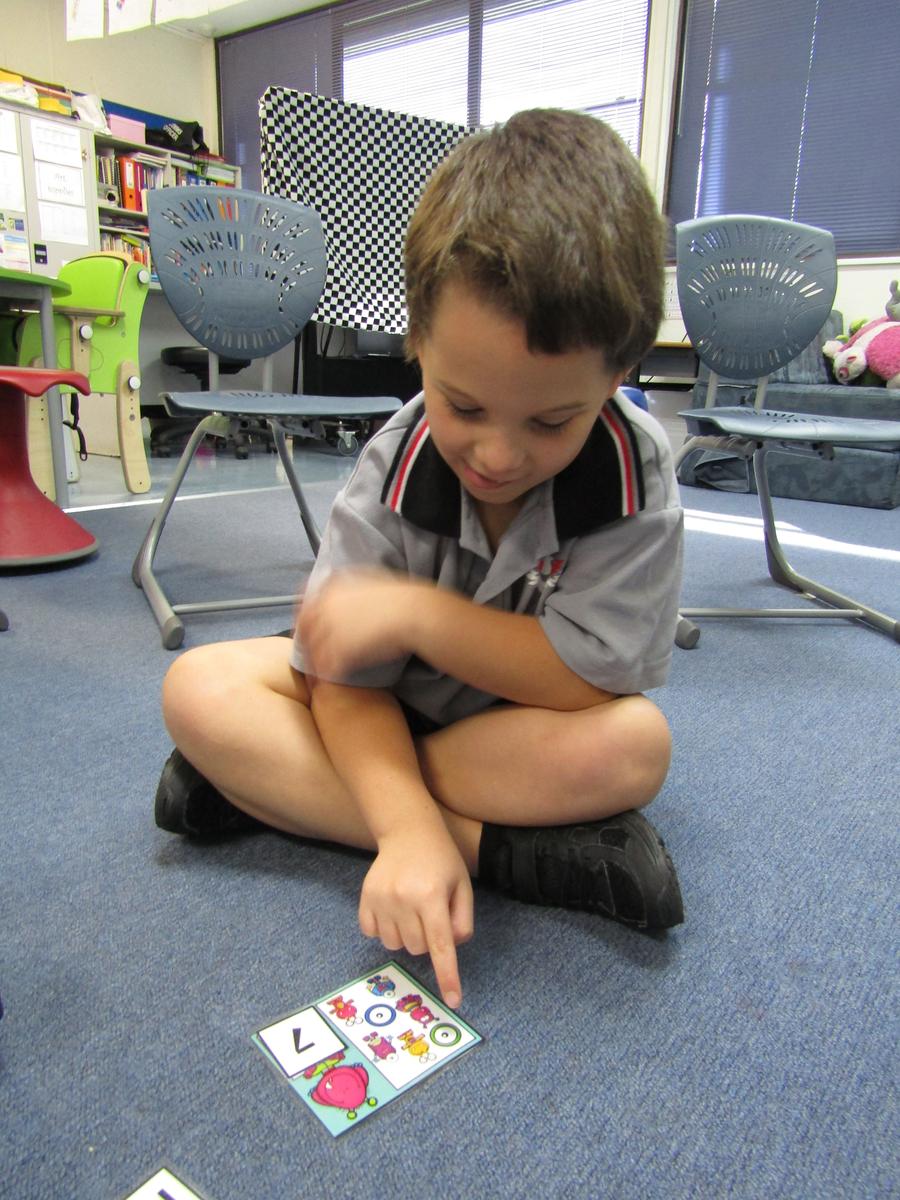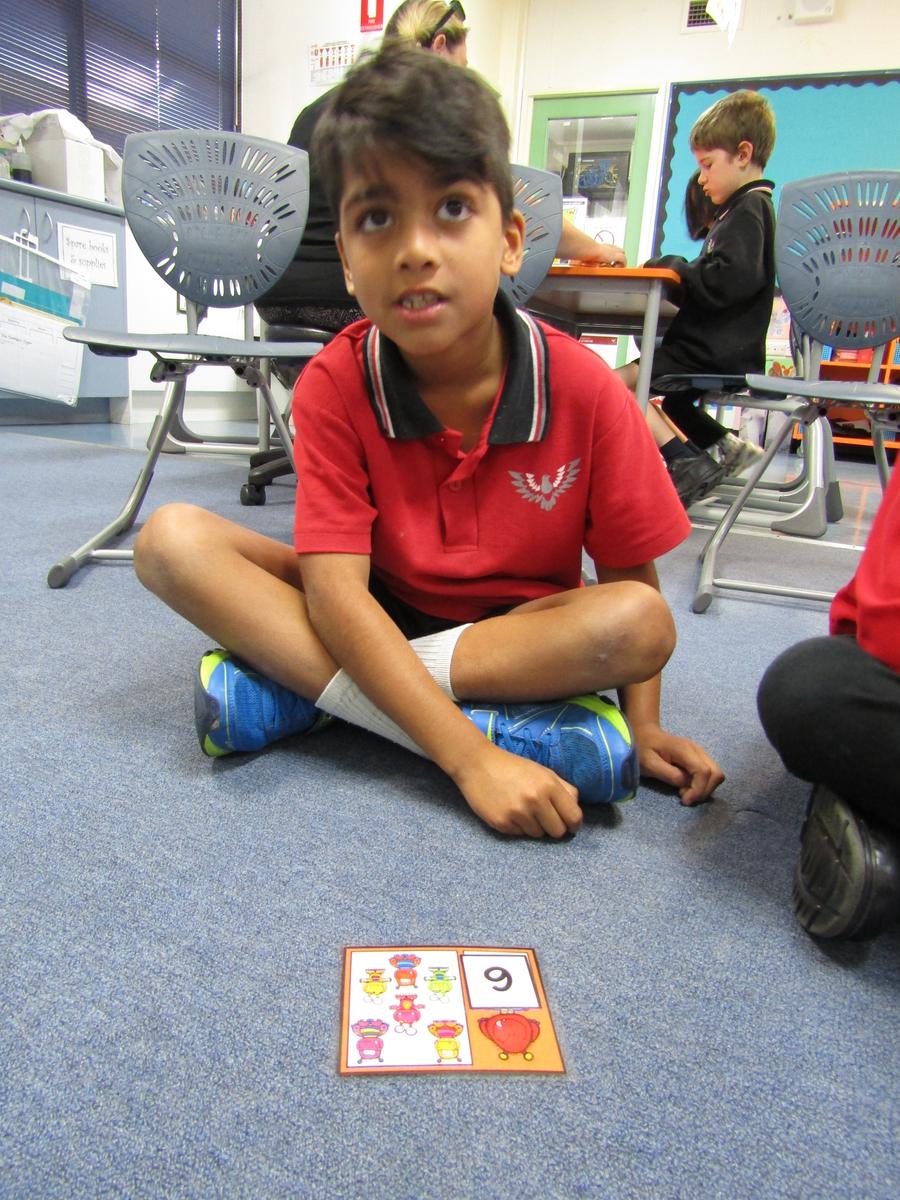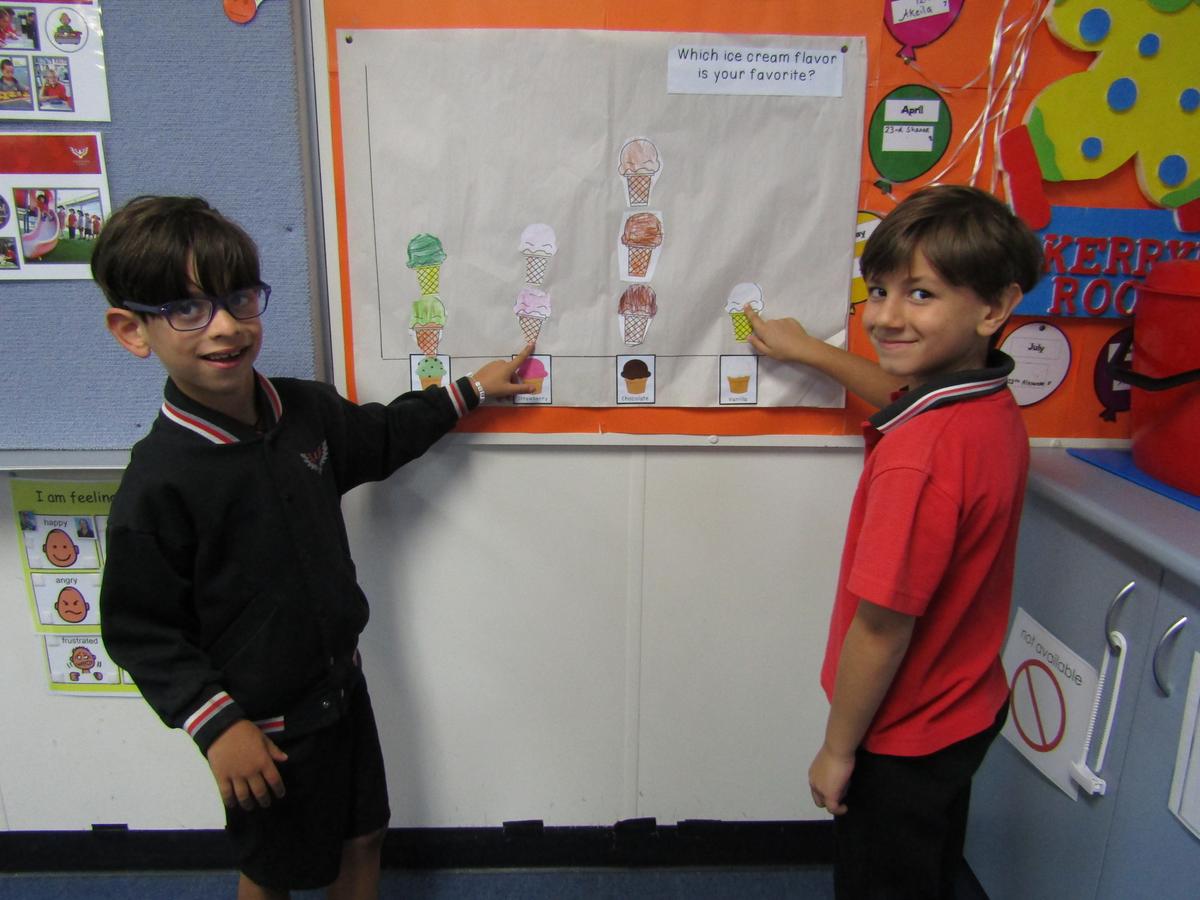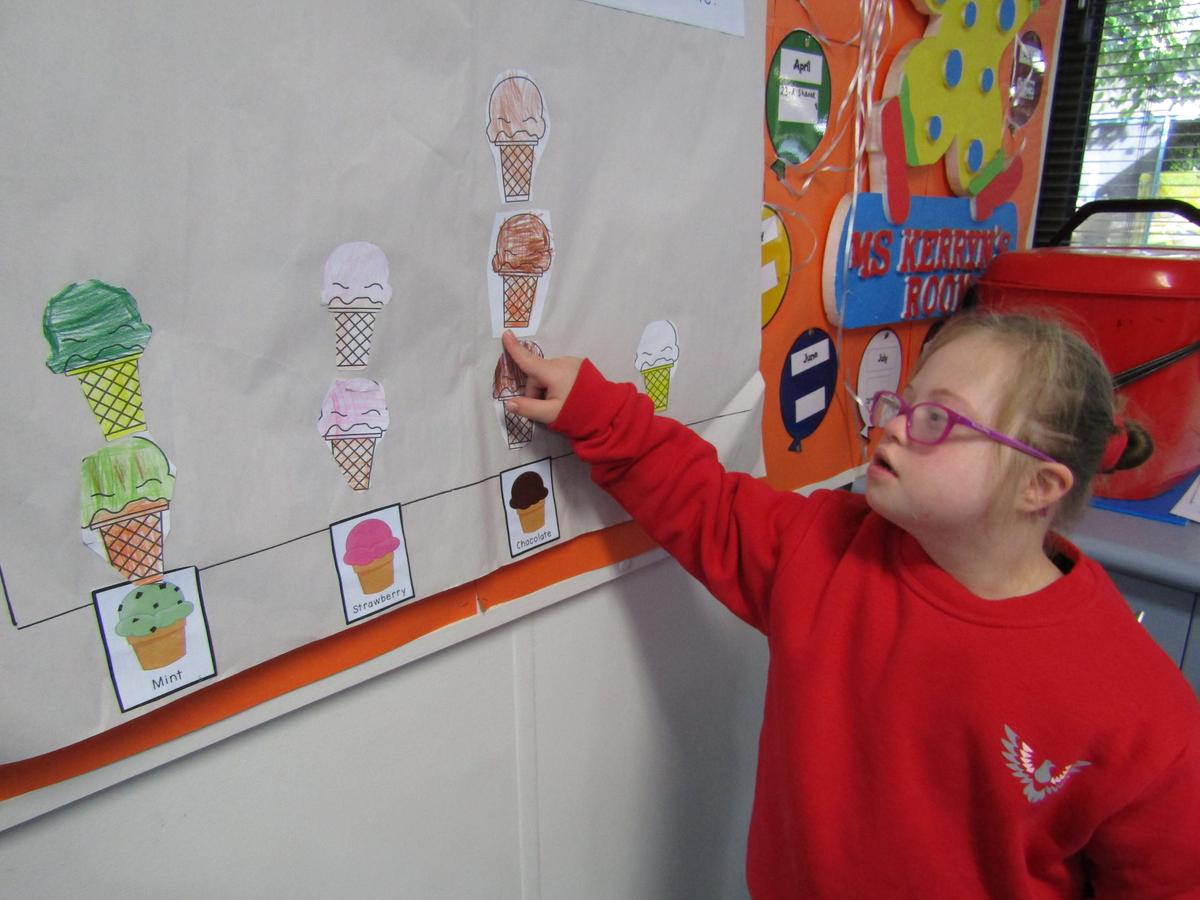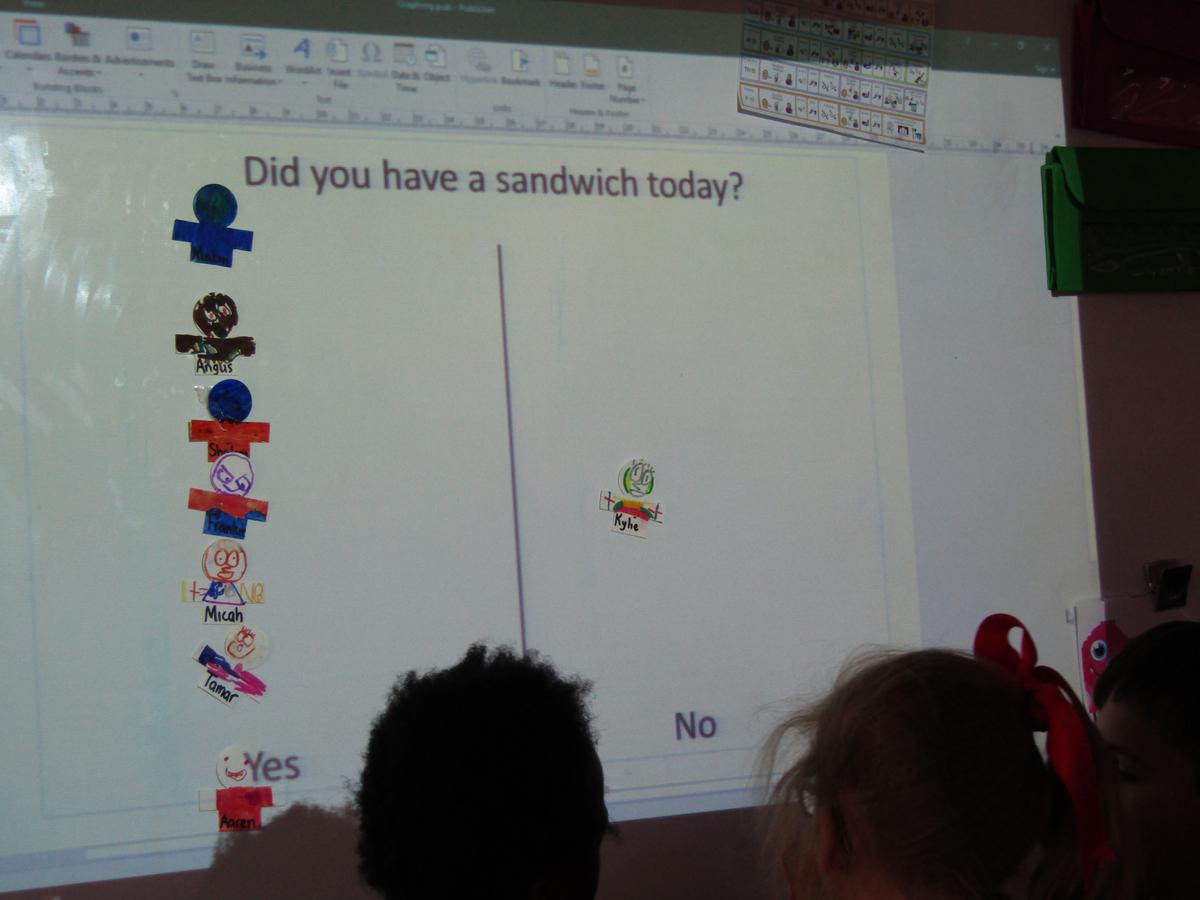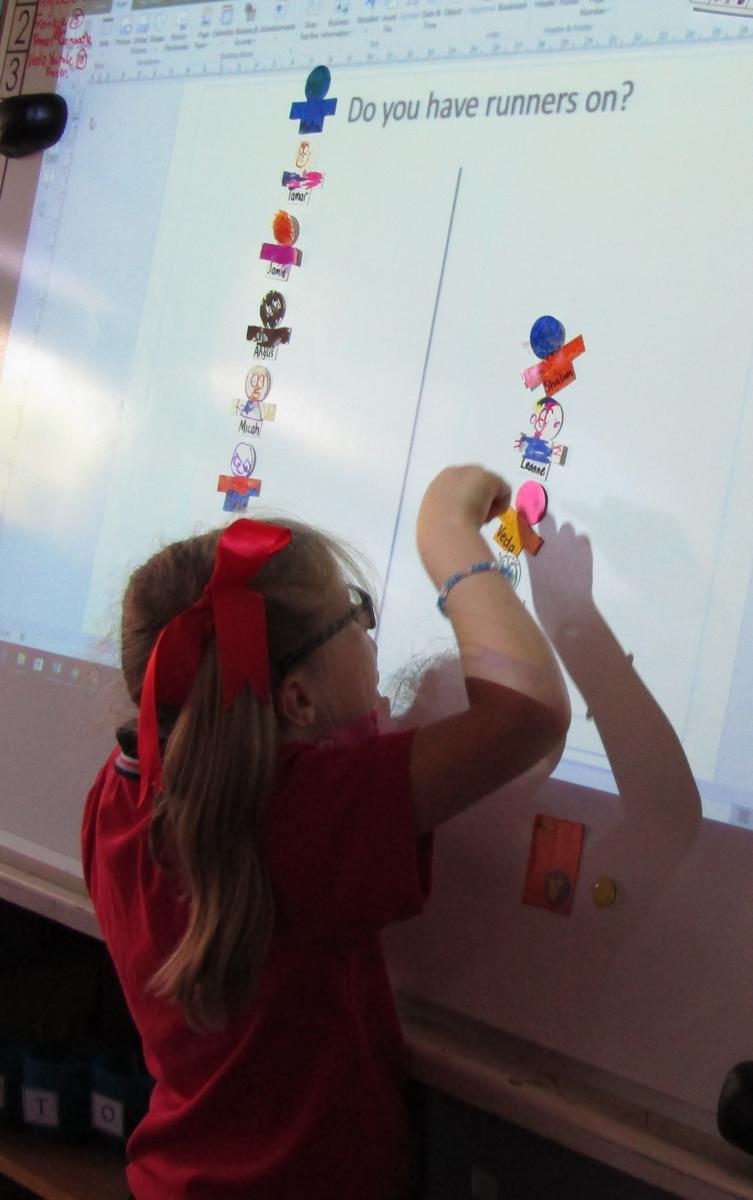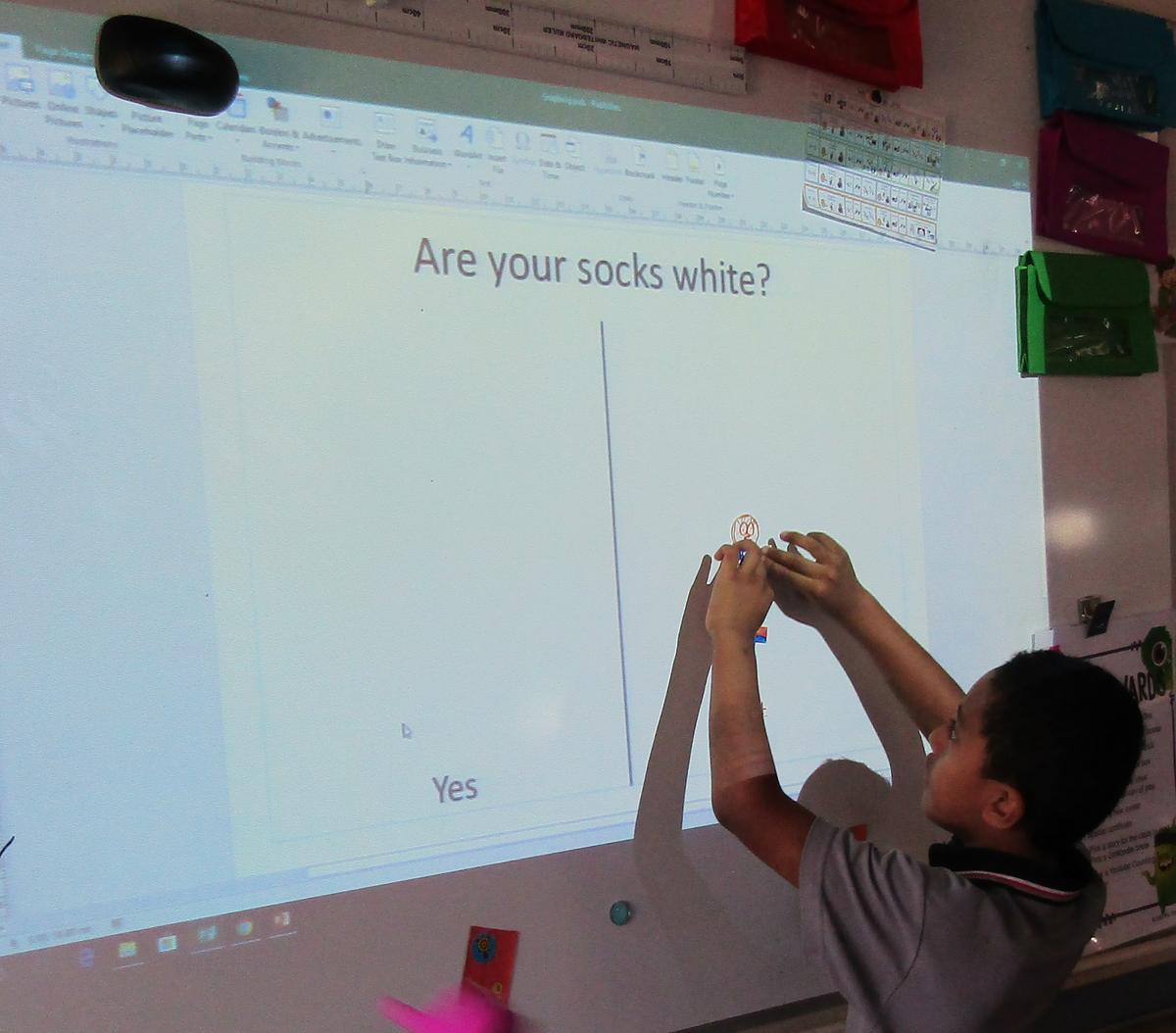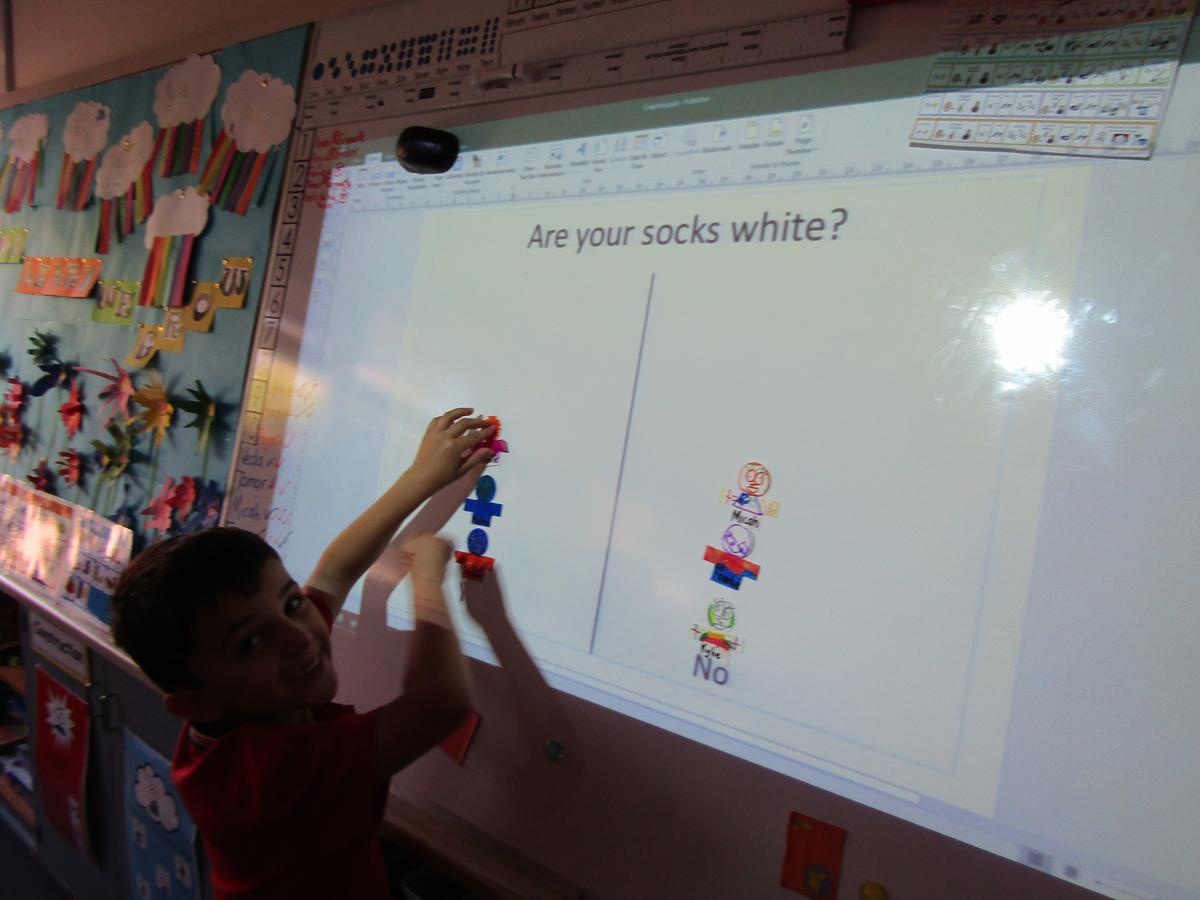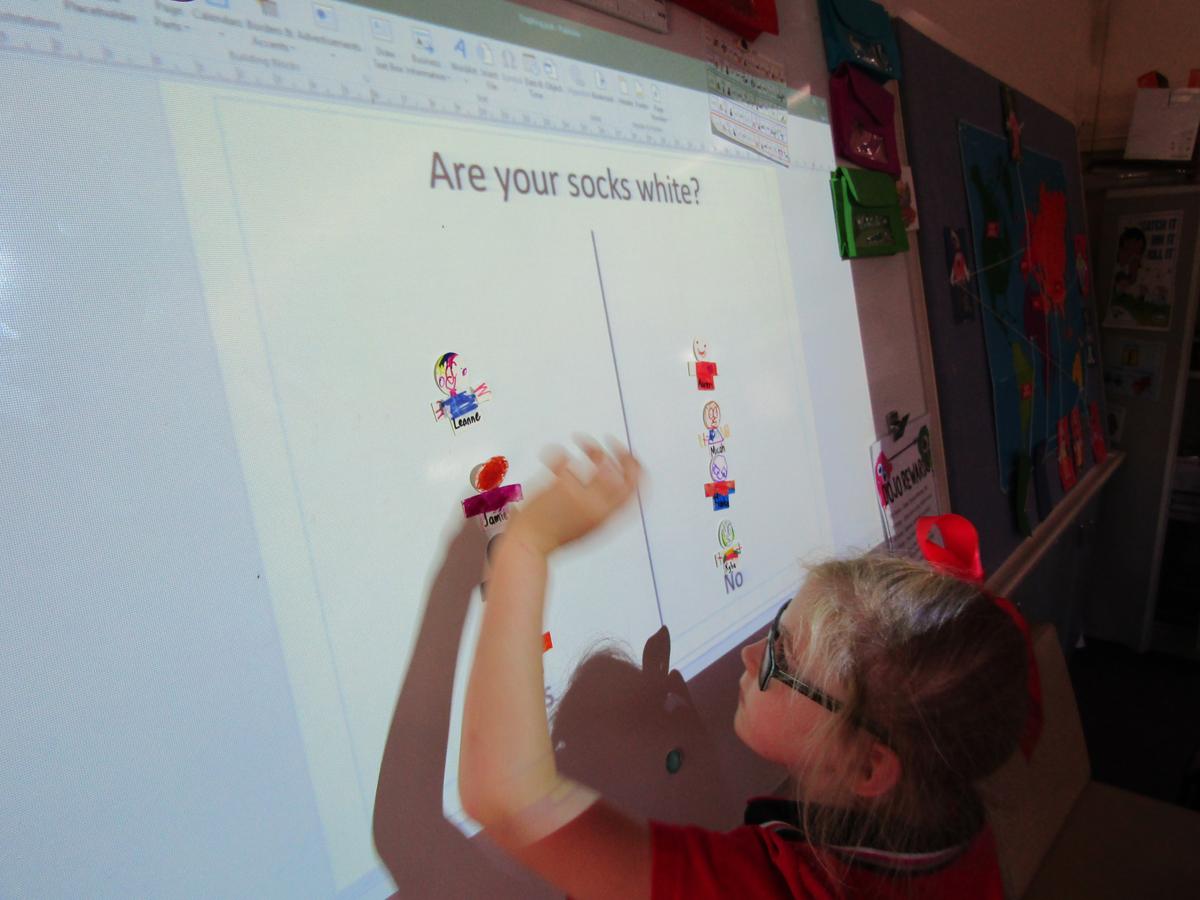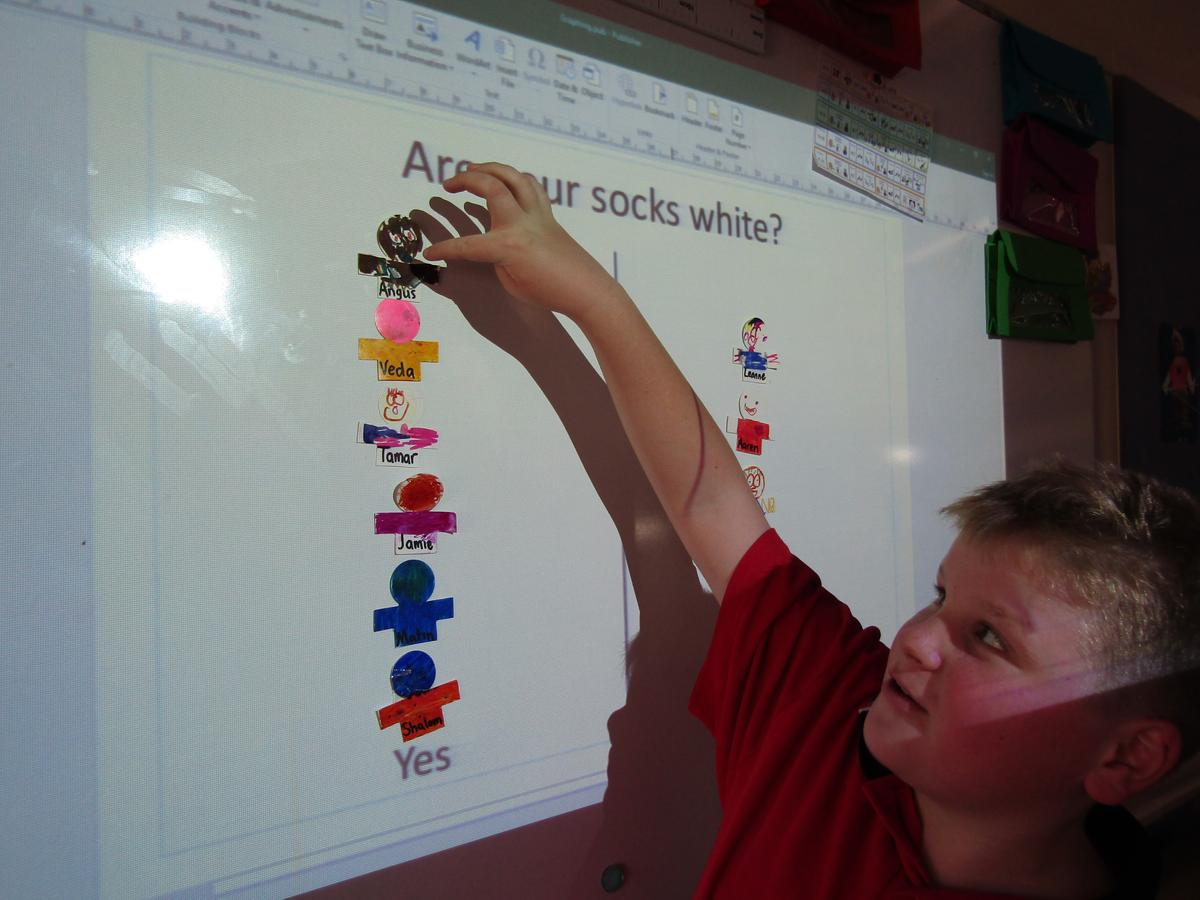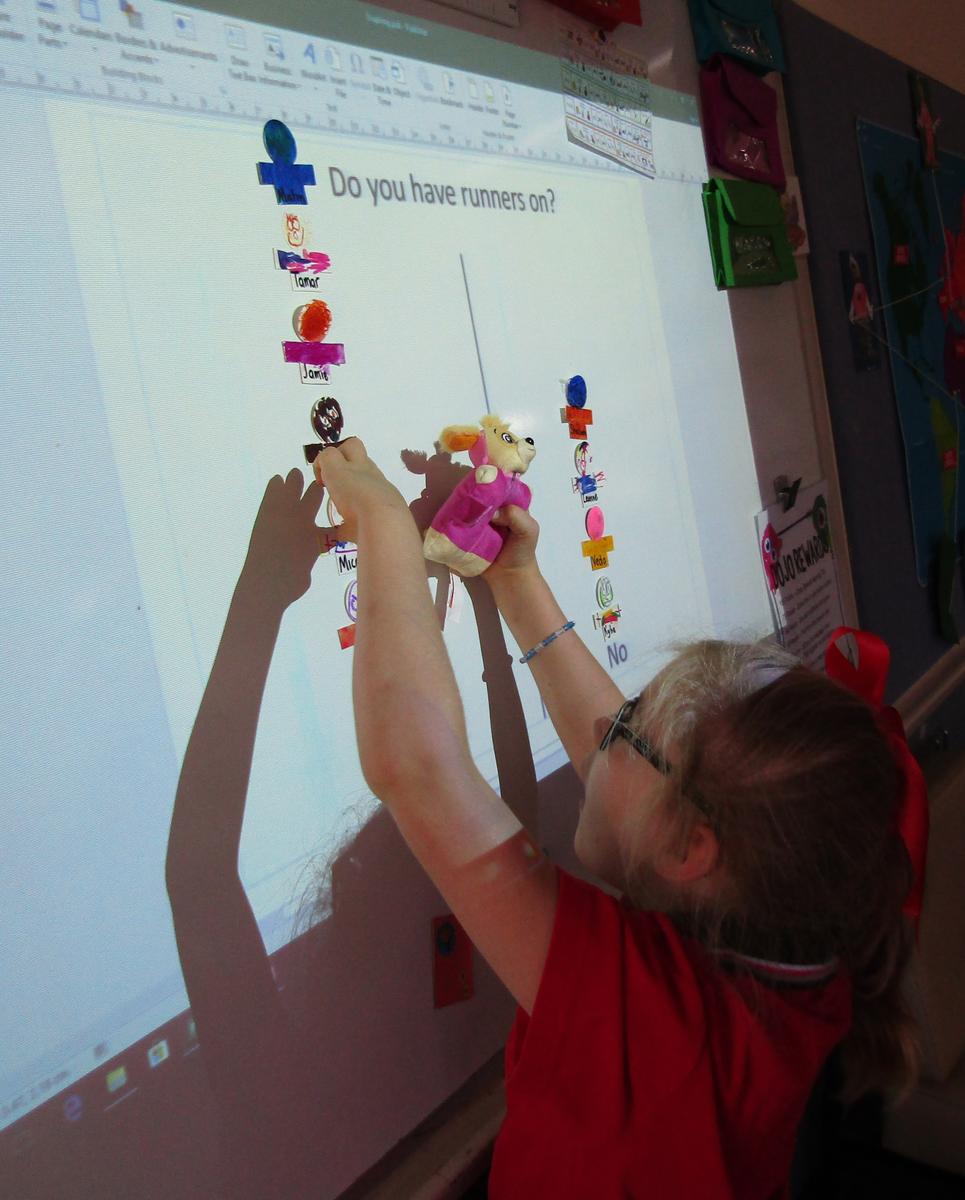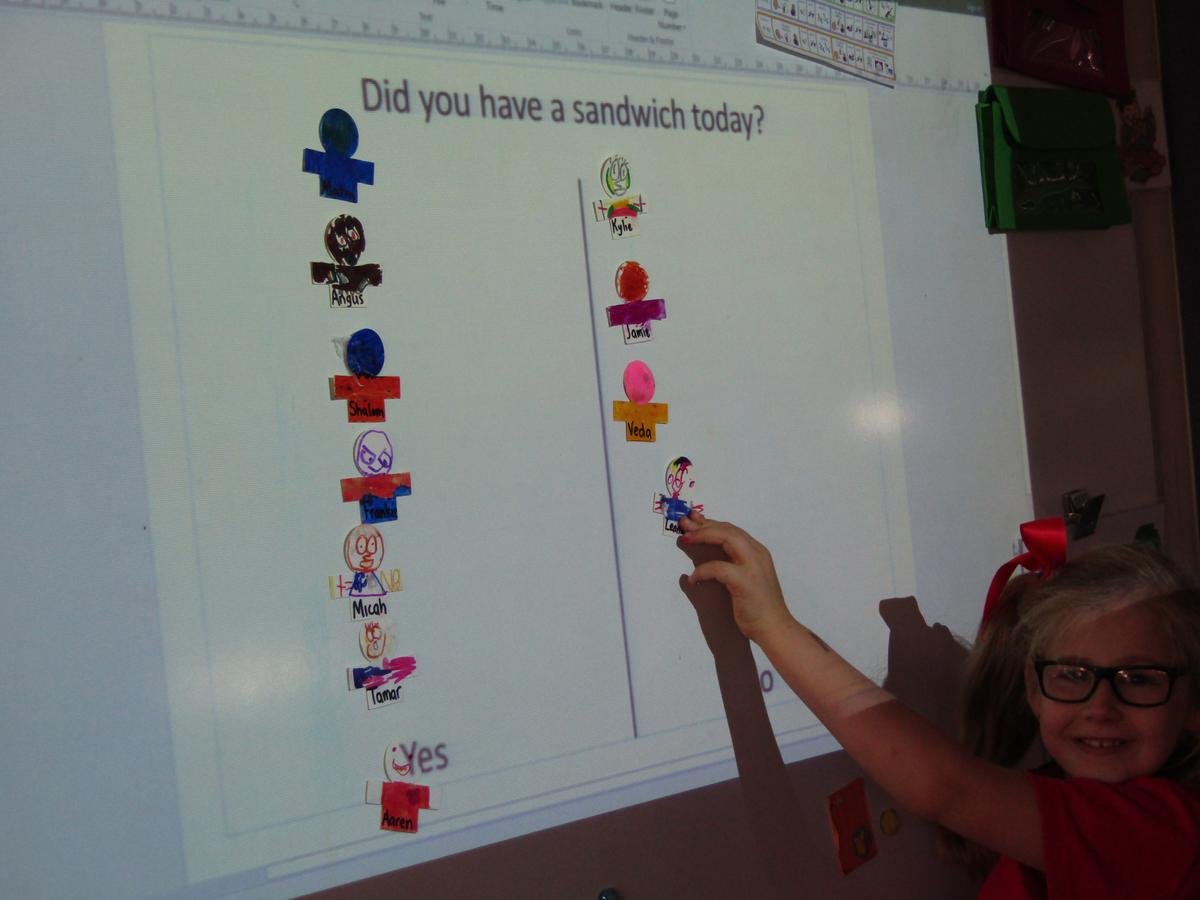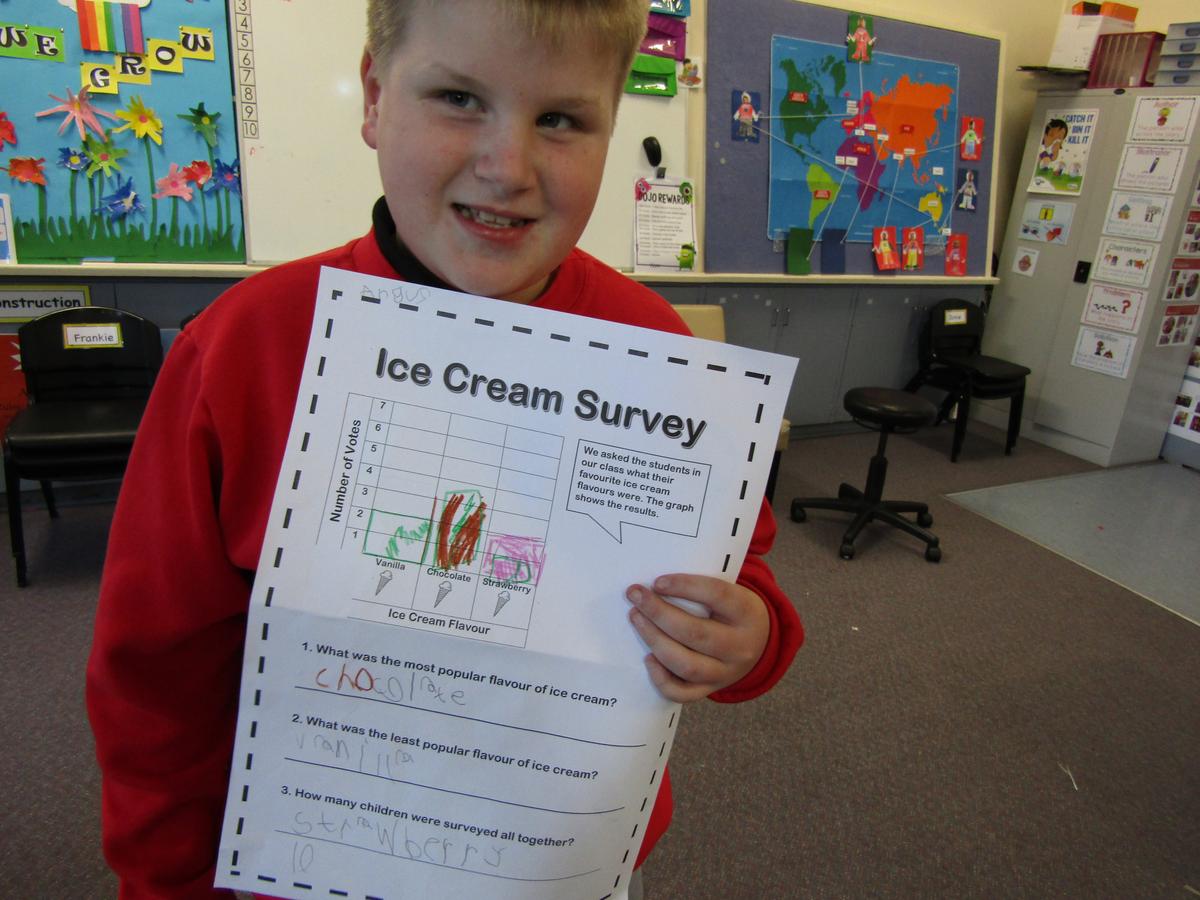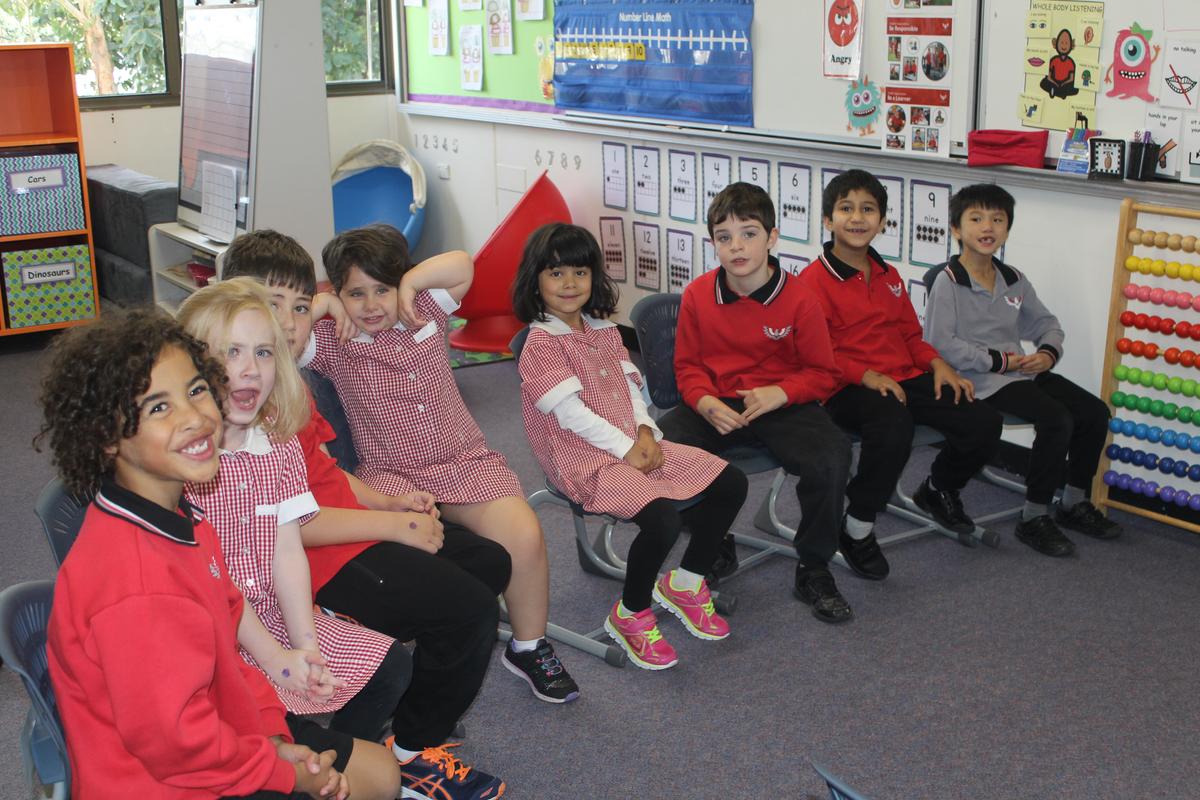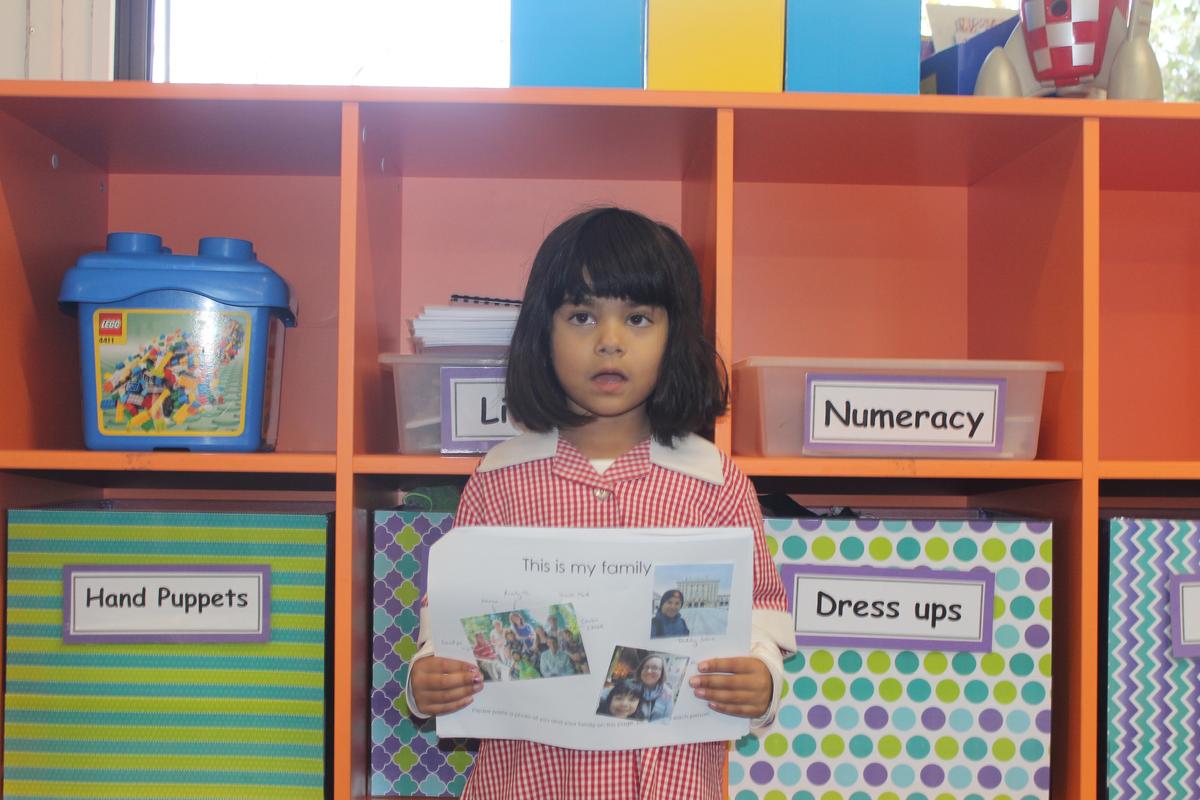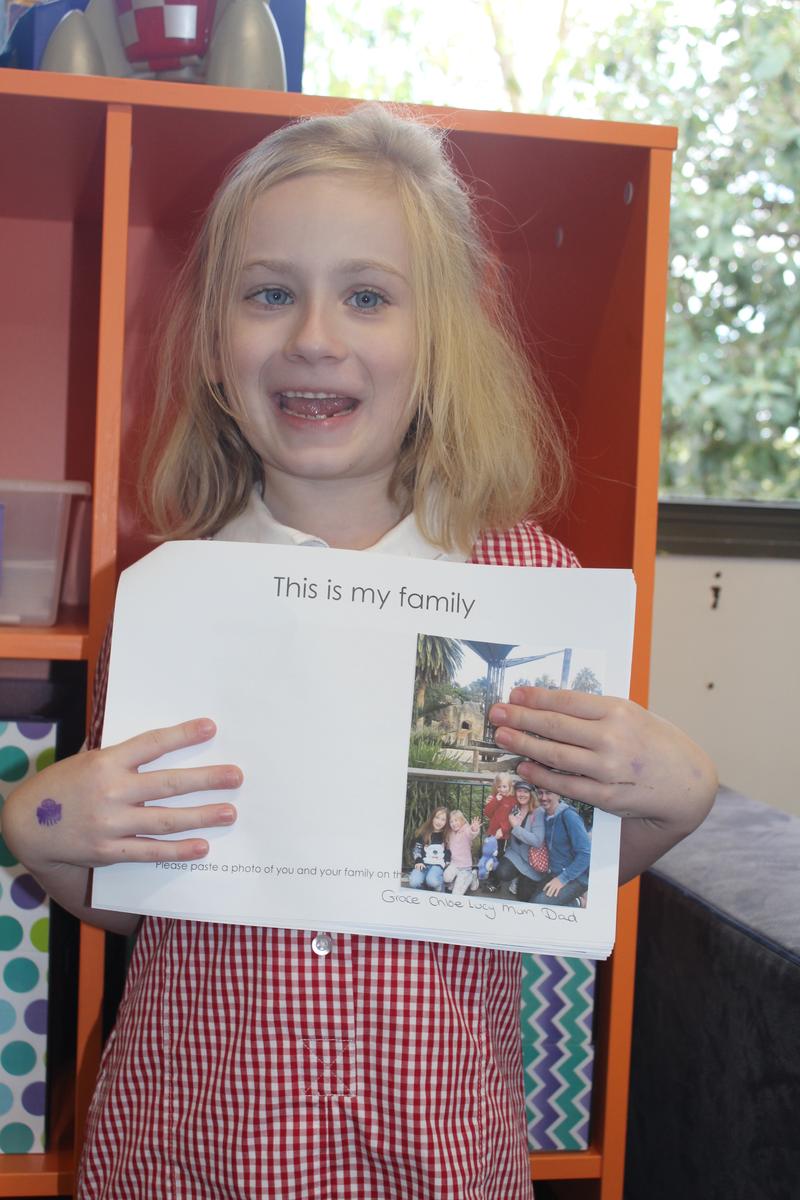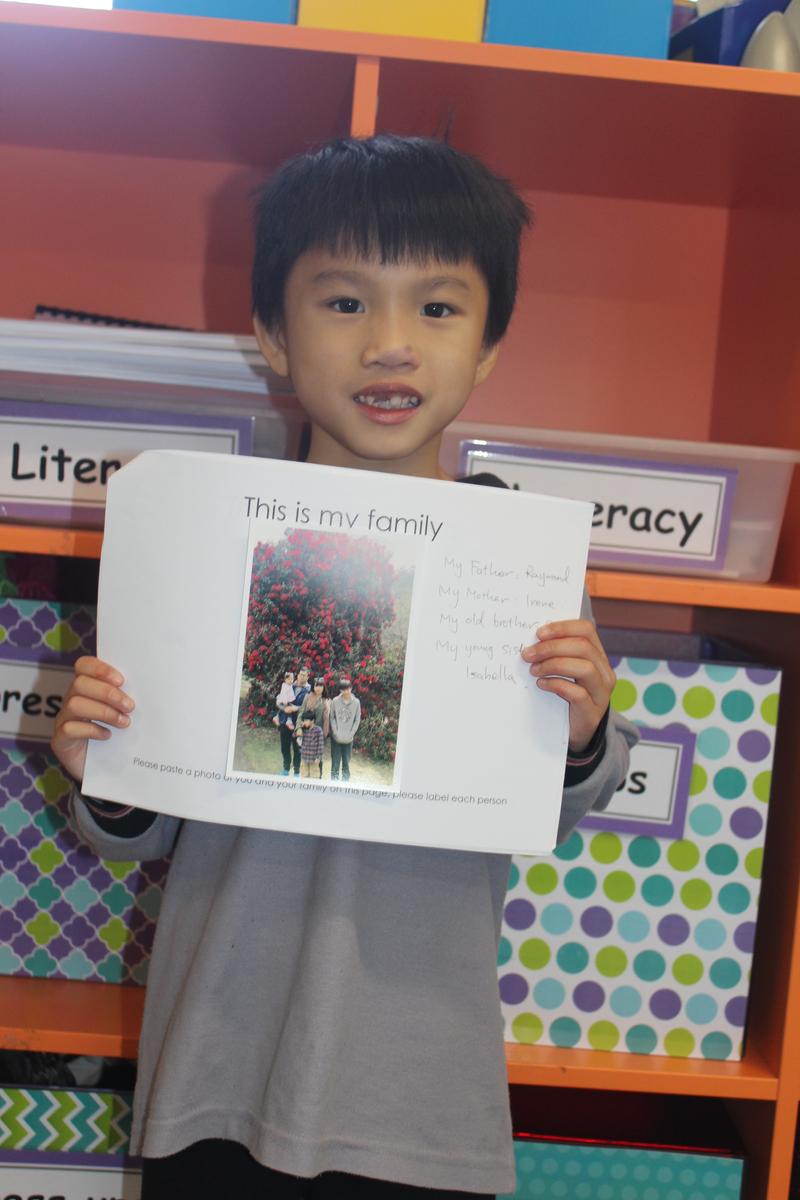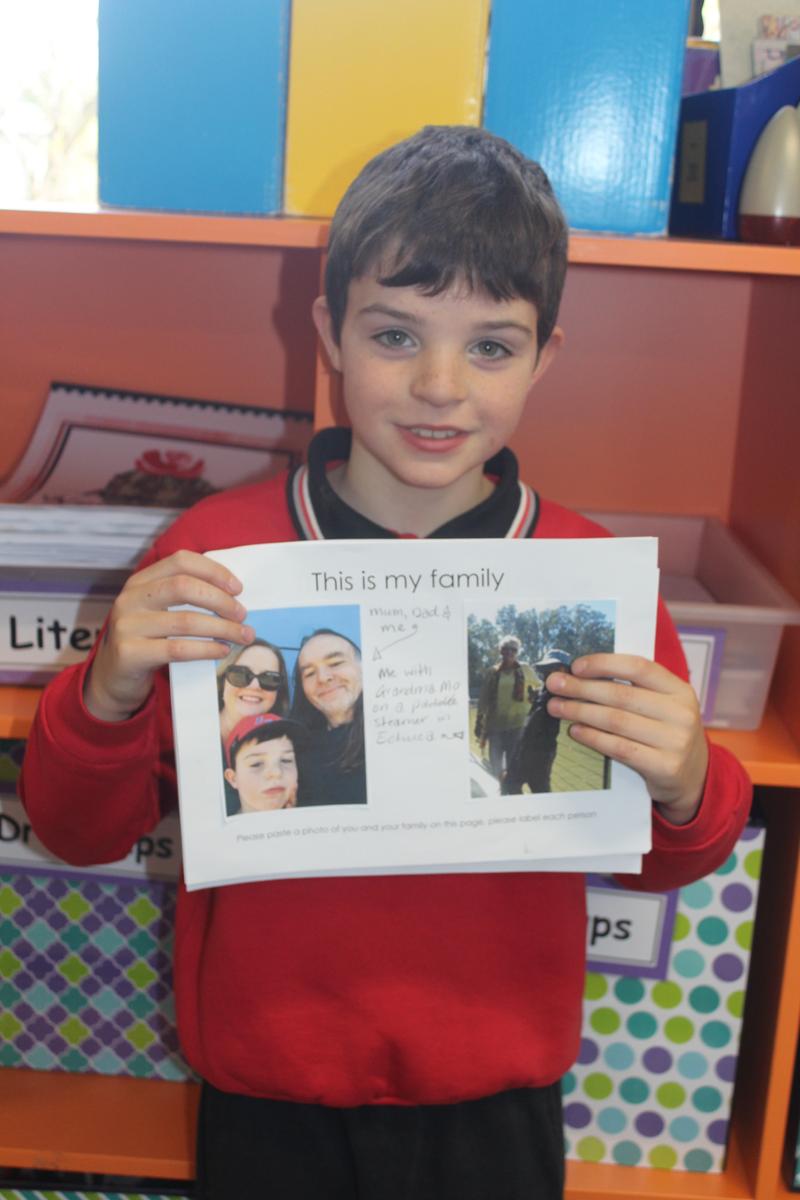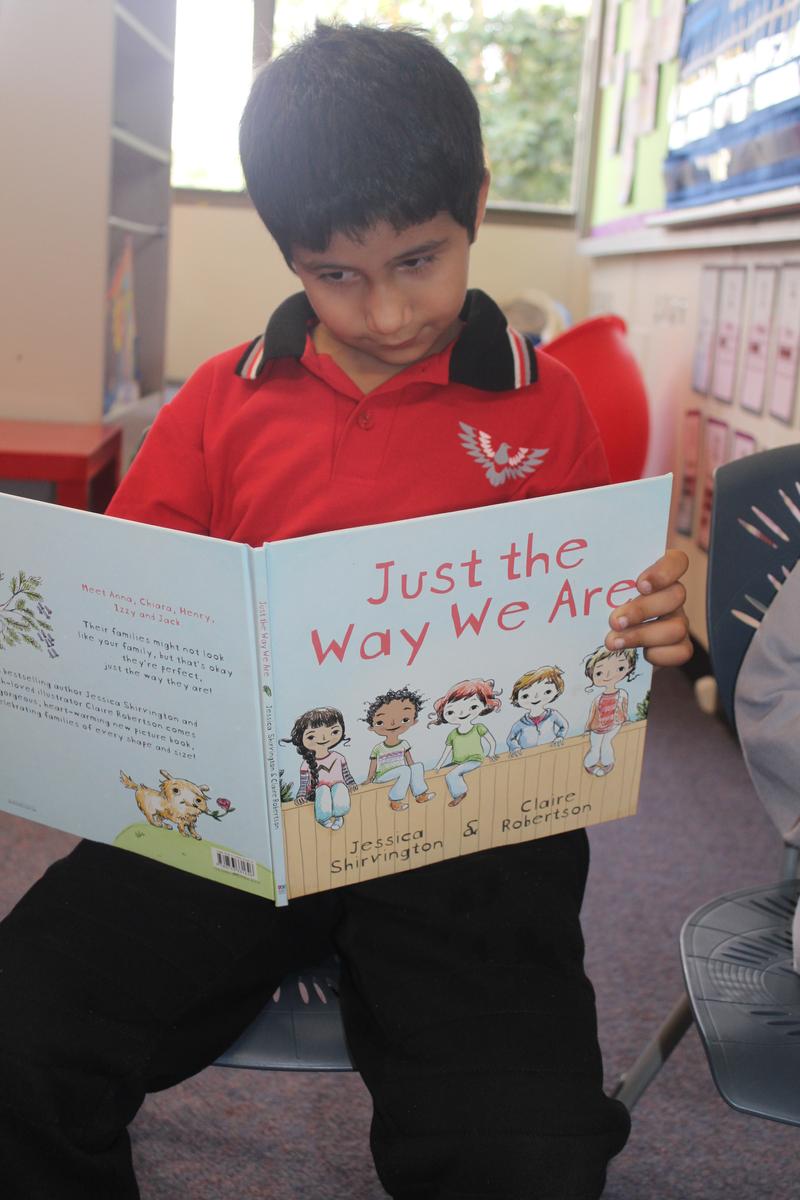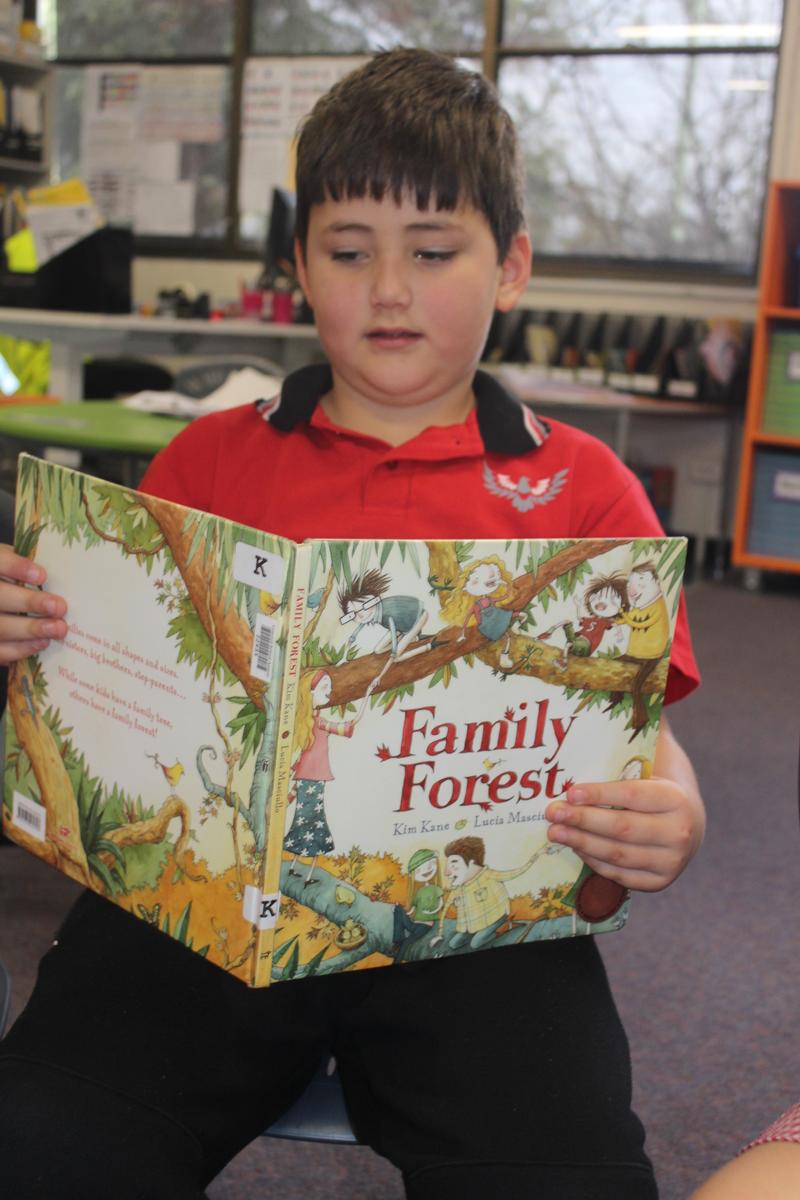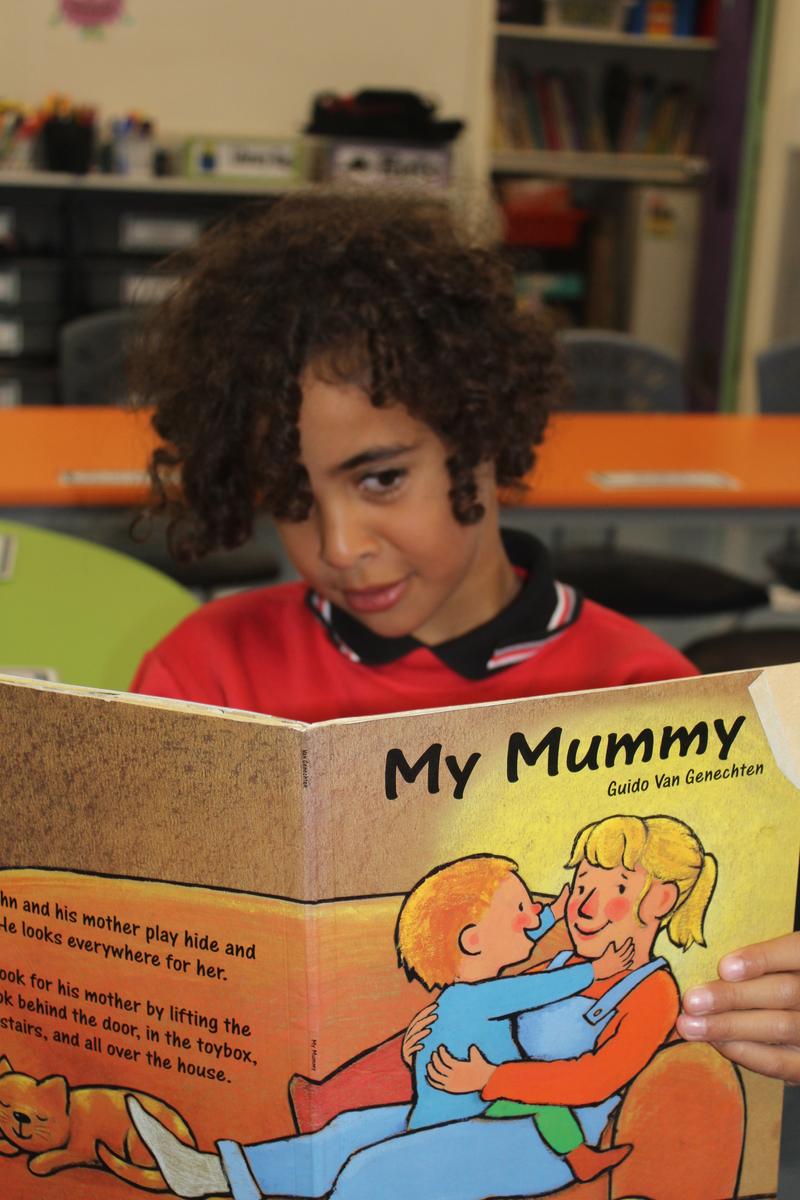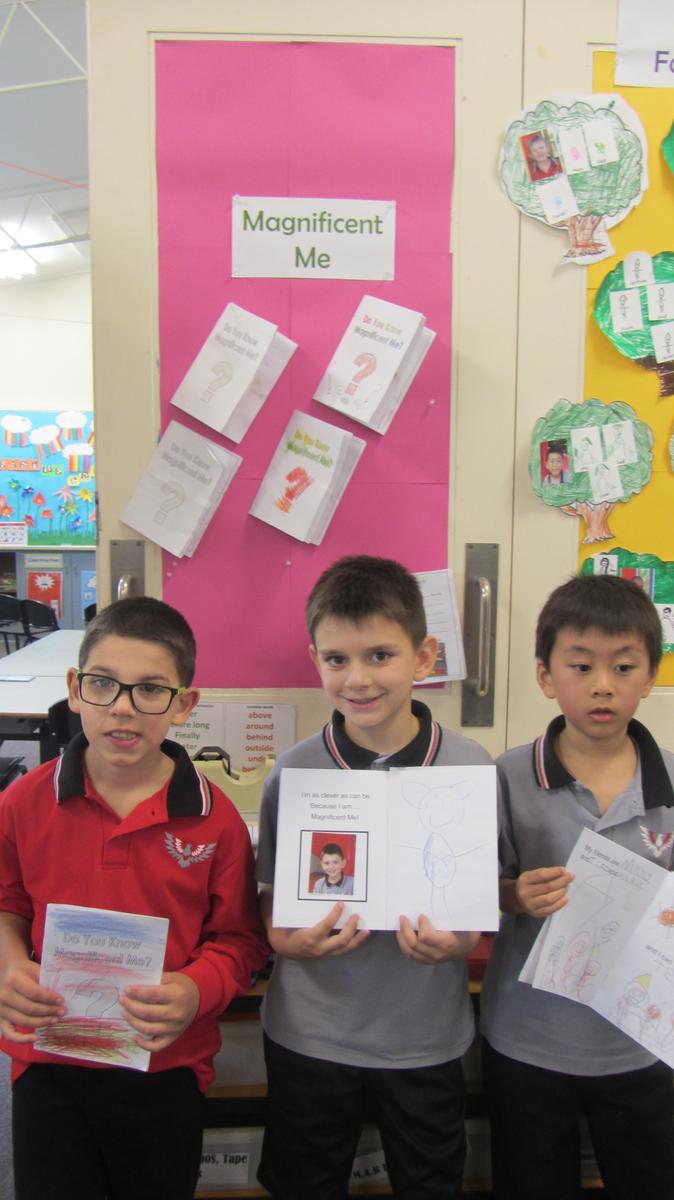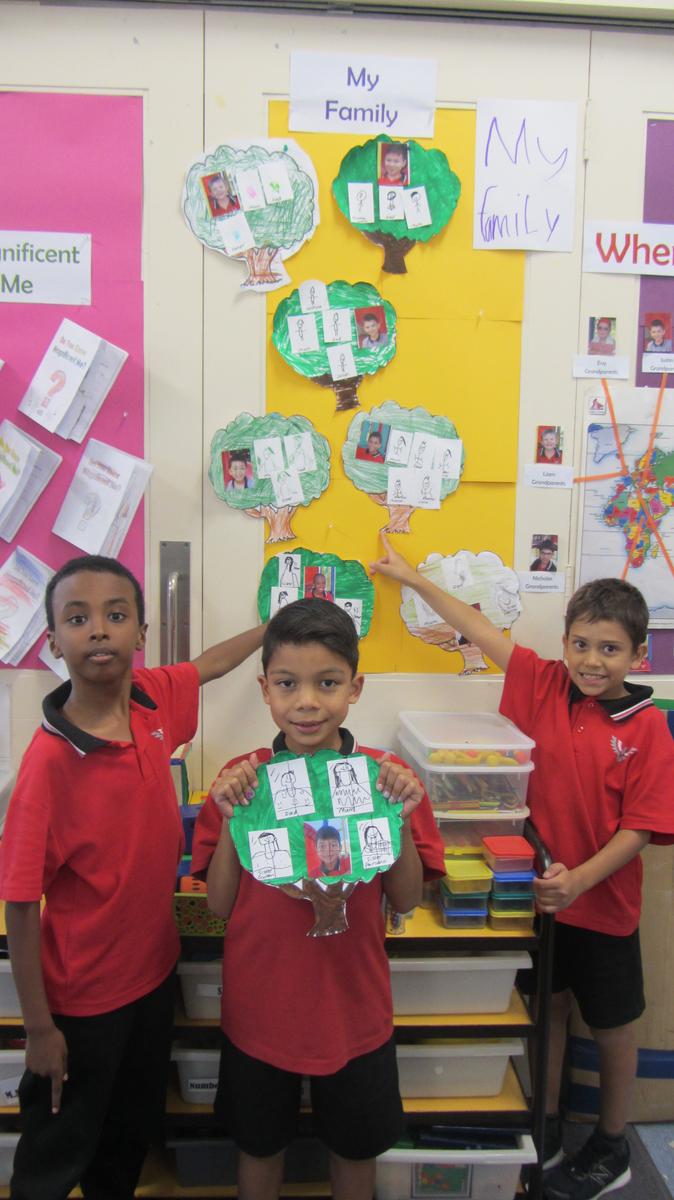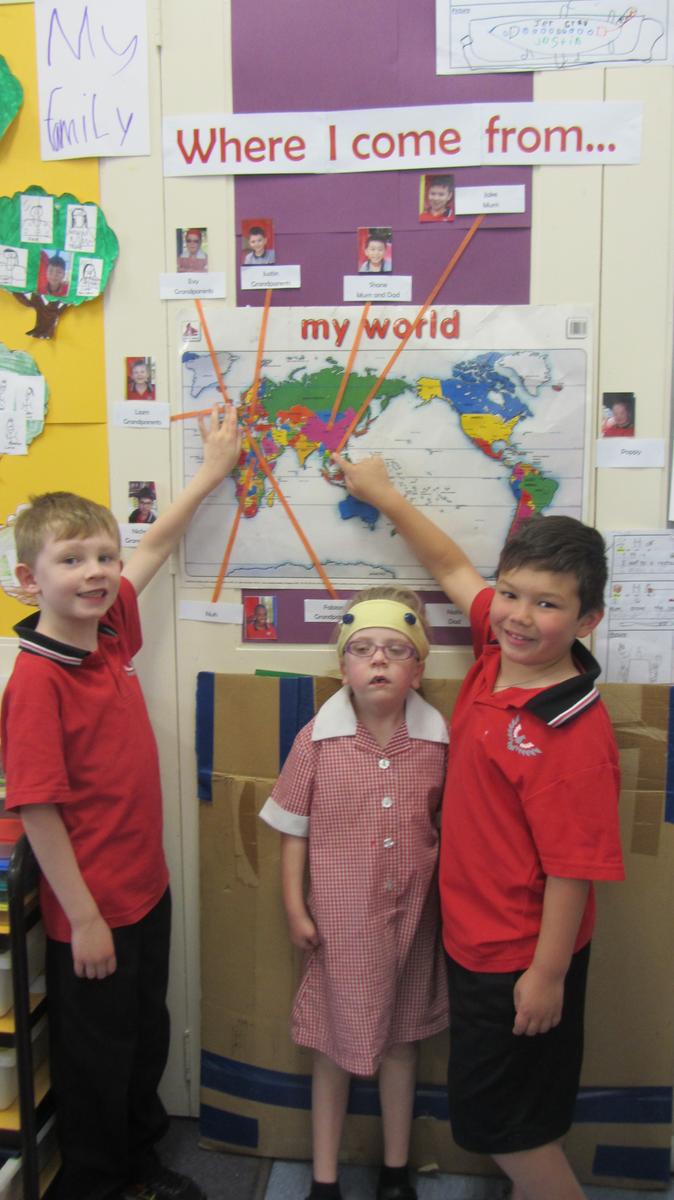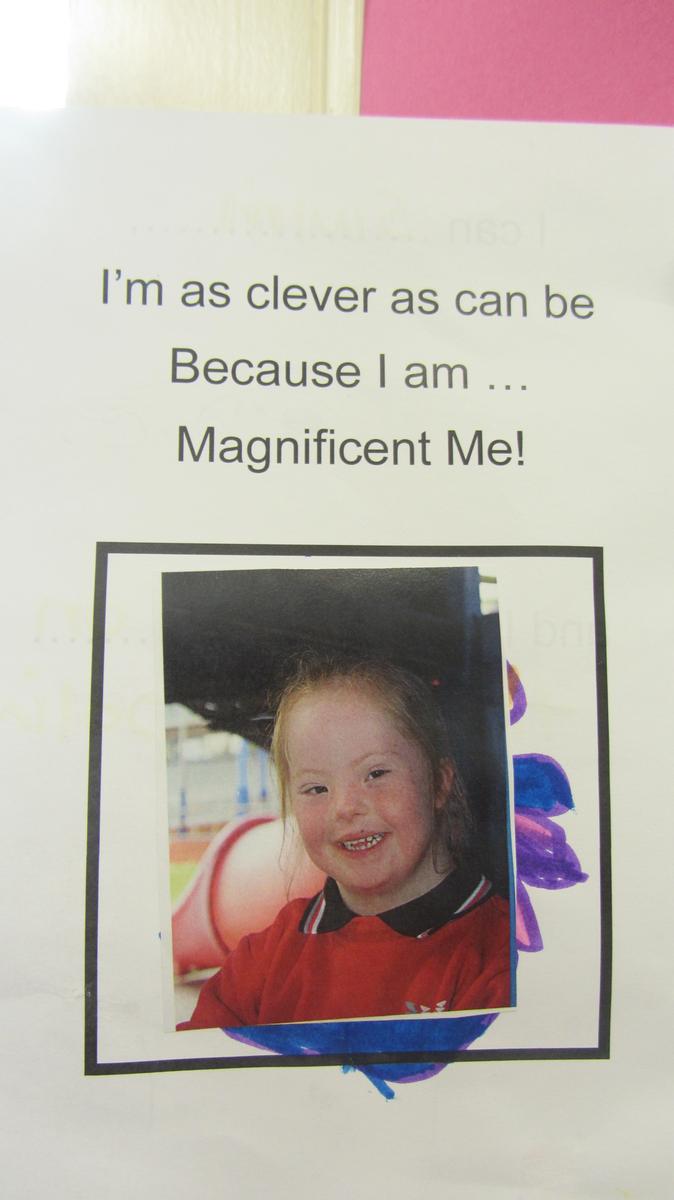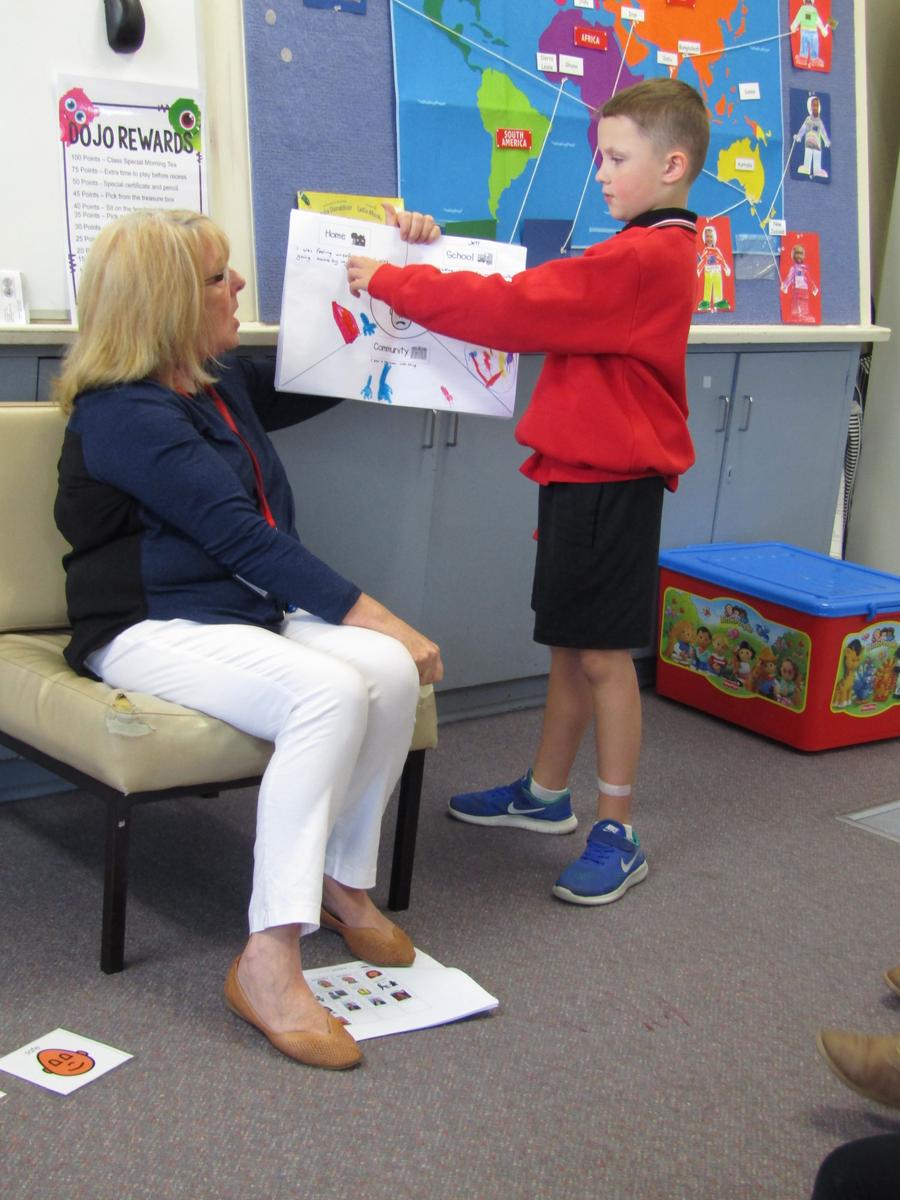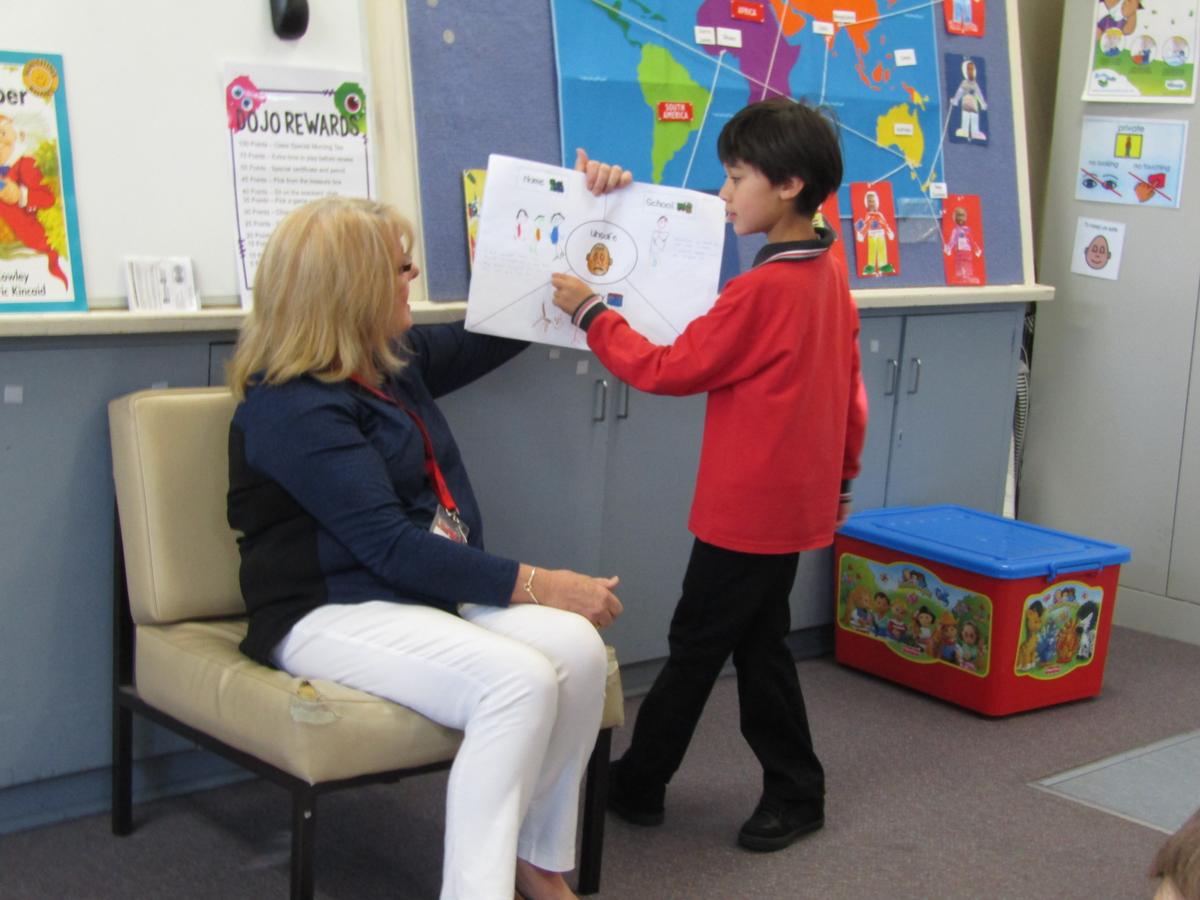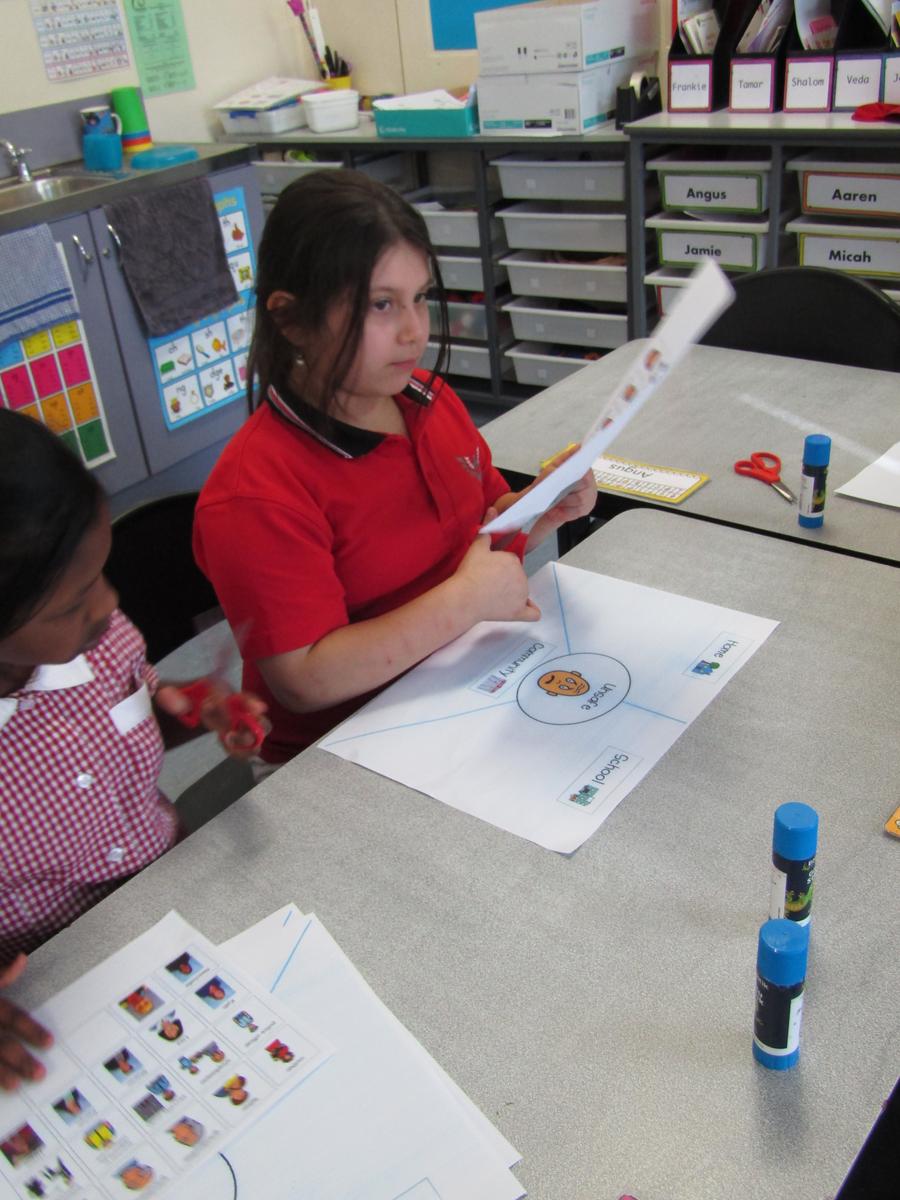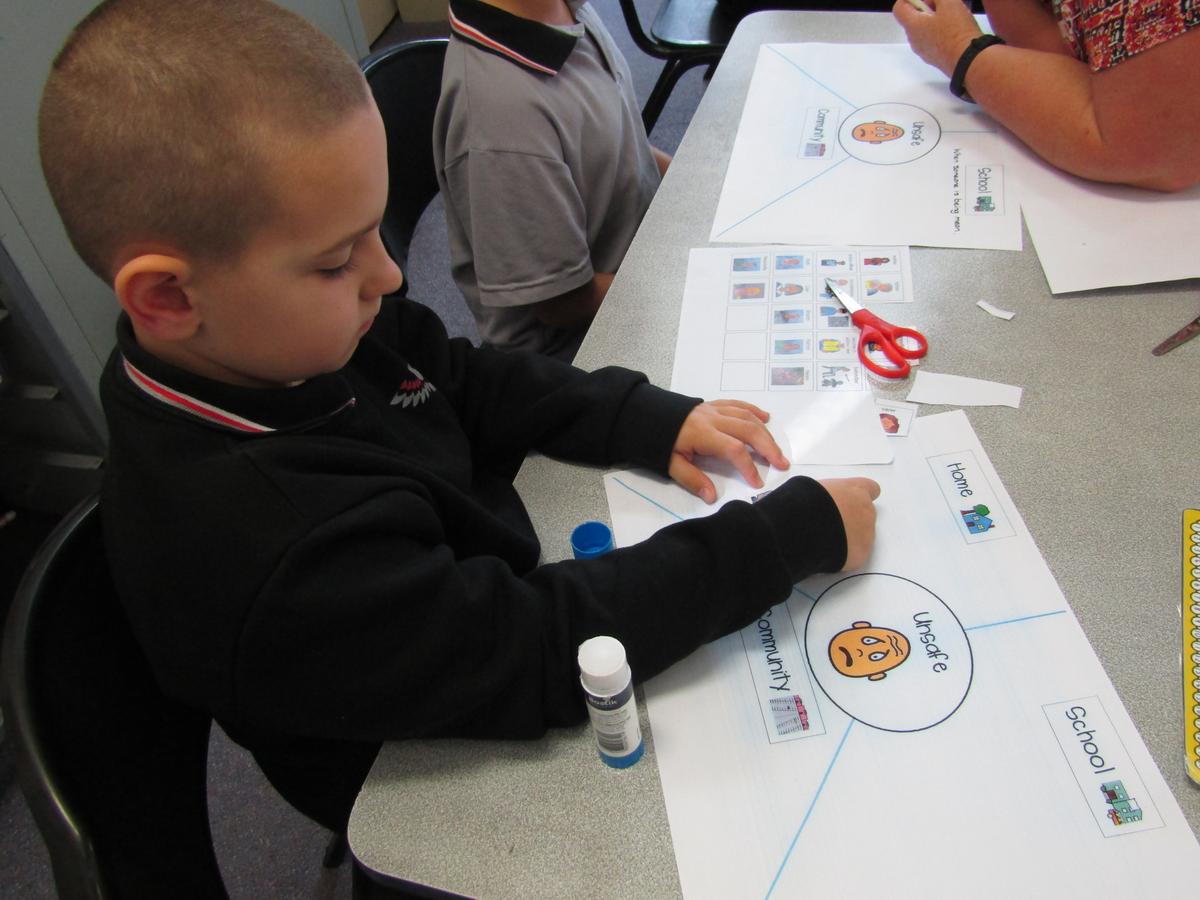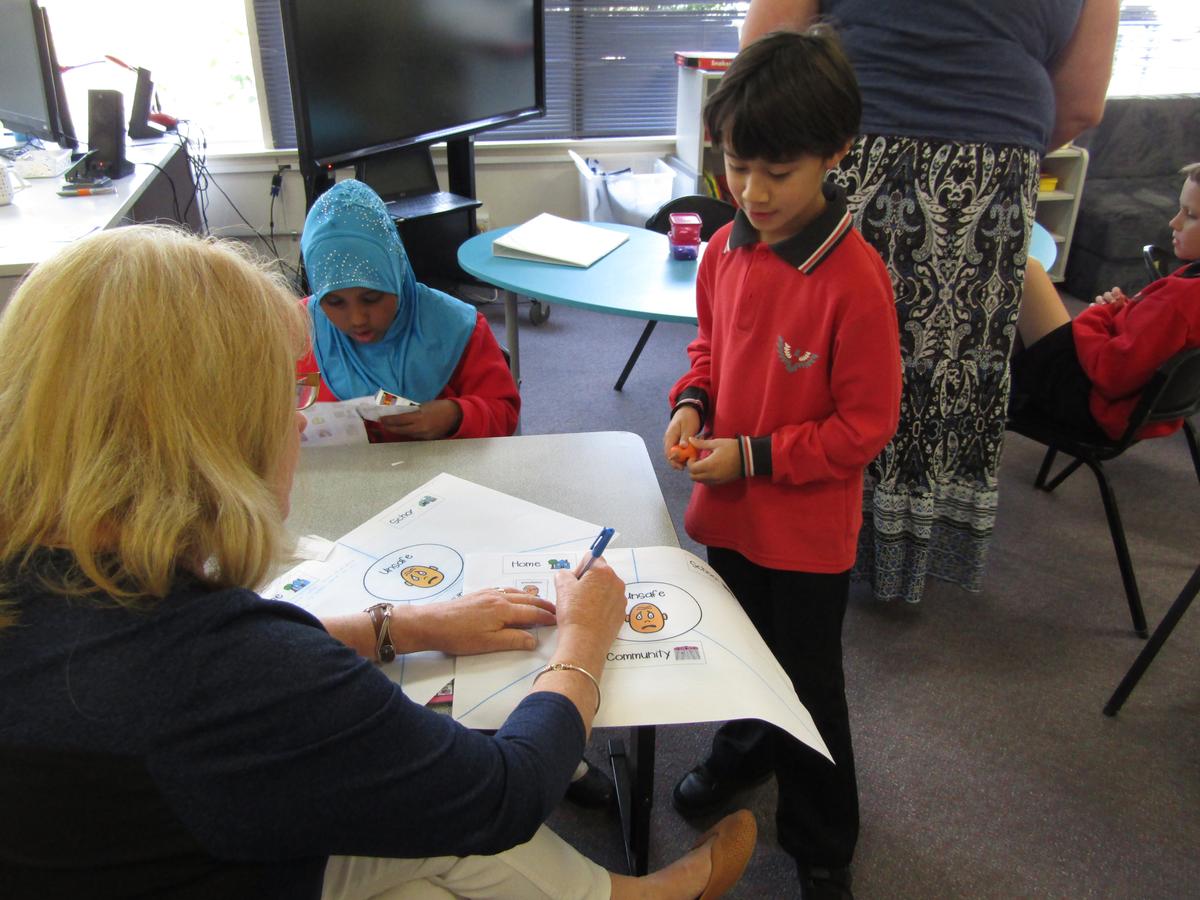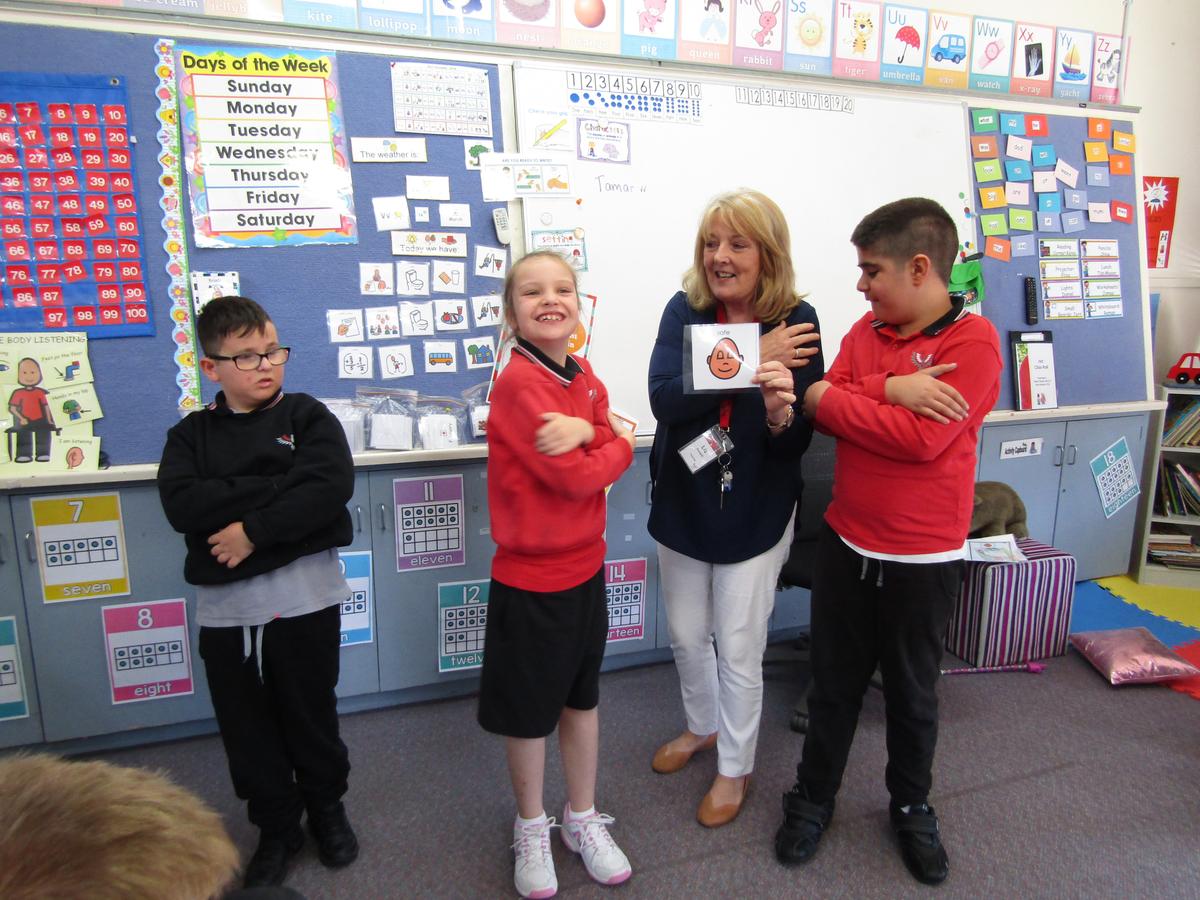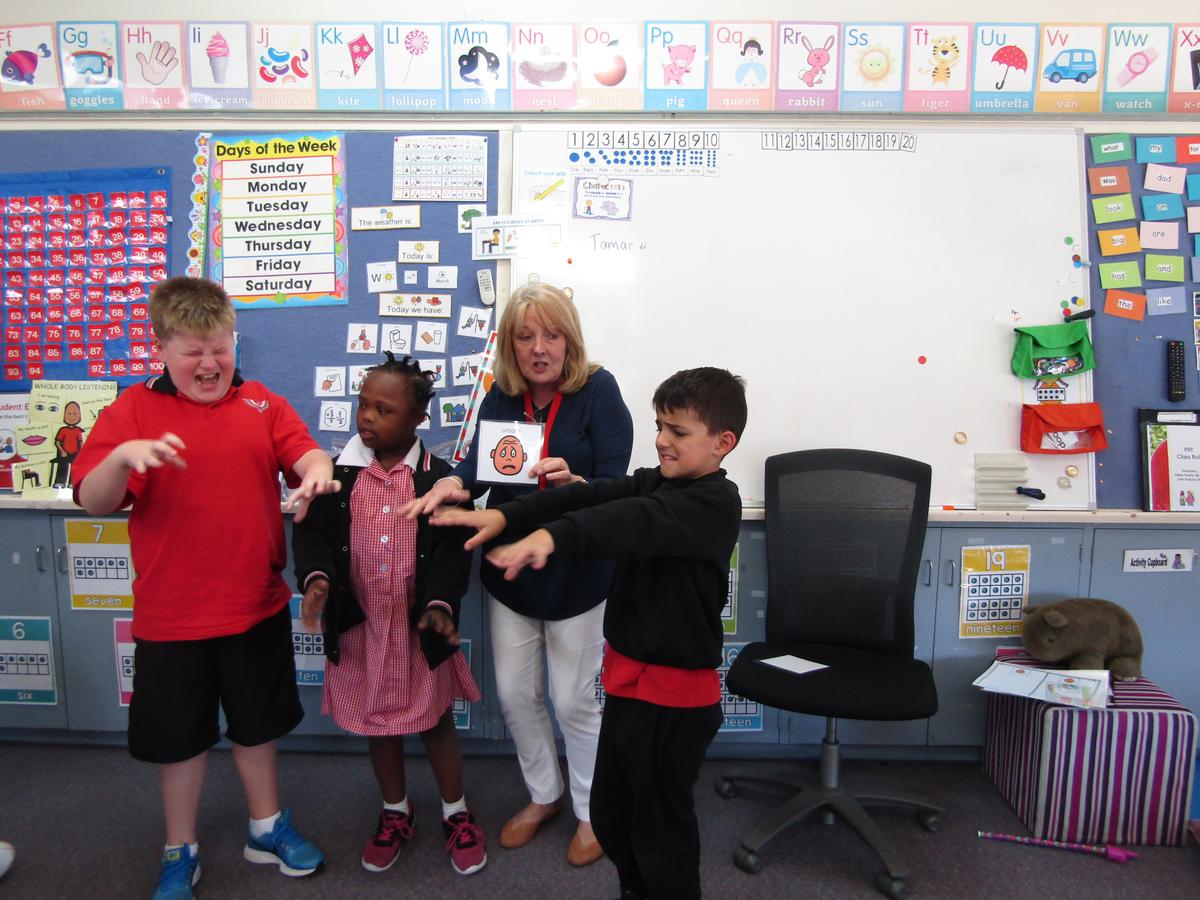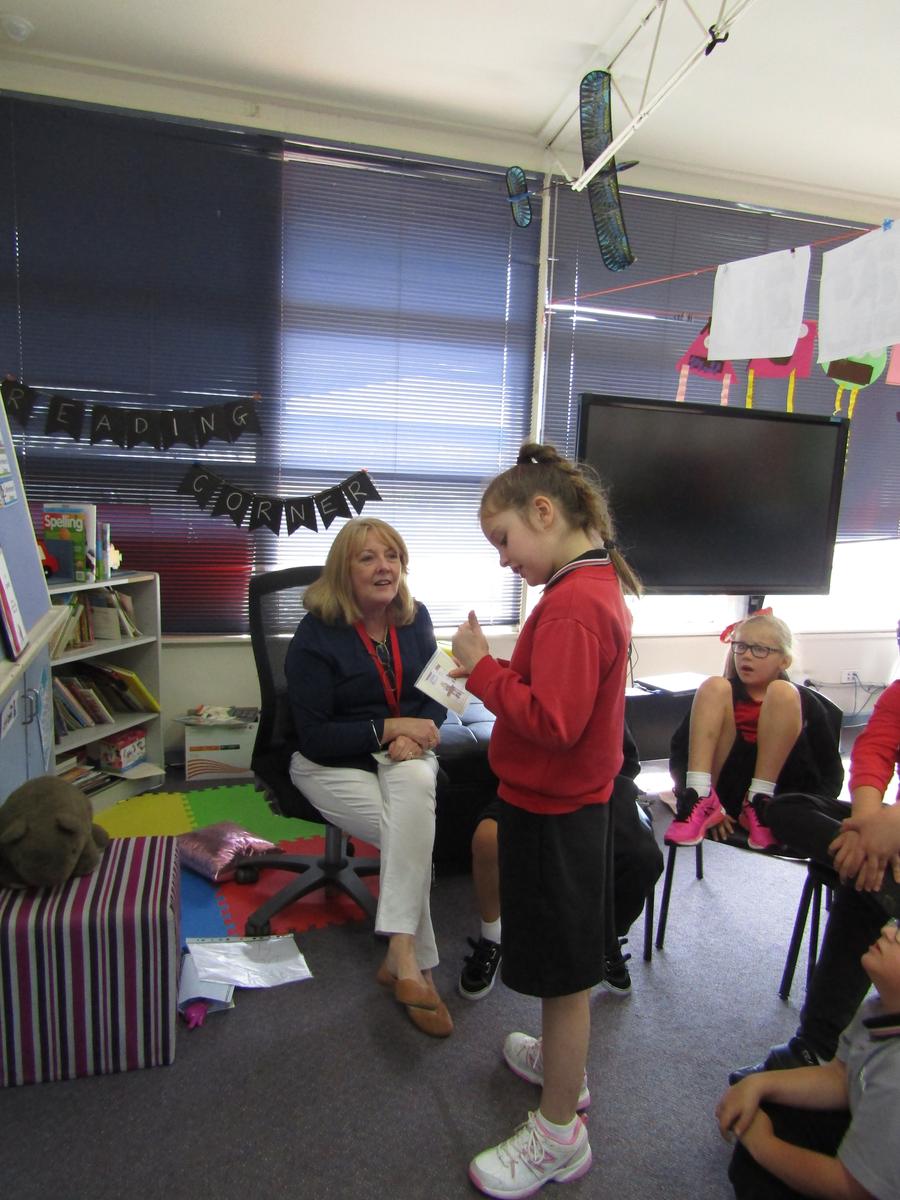Teaching and Learning

English
Reading Comprehension
The focus for reading sessions has continued to be reading comprehension. Comprehension, the understanding of what is heard or read is the essence of reading. There is little value in being able to decode words if a student is unable to gain understanding from those words. Often our students’ ability to decode words is at a higher level than their comprehension level. This is why we place great importance and work hard on teaching understanding (comprehension) alongside the decoding skills of breaking down and sounding out words.
Students have been encouraged to read the pictures which is the ability to use visual images before, during and after hearing or reading a text to help them understand what is going on in the text. Students have used visual images and the title on the cover to predict what the text could be about. In the early stages of comprehension it is just about developing an understanding of the vocabulary and language that they are hearing in texts and being able to label pictures. As students develop further they use a range of strategies to understand what those words mean.
Guided questions have included:
- Can you find the picture?
- What is the picture of?
- What is the picture about?
- What is happening in this picture?
- What information does this picture give you?
After hearing or reading a text, students have been guided to identify the components of a story in terms of the beginning, middle and end and to orally retell events within a text in the order in which they occurred. This is sequencing which is a key comprehension strategy. Activities have included sequencing pictures, oral retells and answering guided questions.
Guided questions and statements have included
- What happened first?
- What happened last?
- What happened next?
- When you read words like first, then, next, last and finally can help you remember the order that things happen.
- When you read think about the order of things that happen. Look for clue words that can help you
Writing
Recount writing for the youngest students has continued to be a response to a class experience. The development of oral language skills is a priority so that students can use this language to develop their own writing ideas. There have been a range of class experiences that have been planned to stimulate interest and language development. These have included
- Making slime
- Balloon painting
- Making playdoh monsters
- Visiting the reptile shop
Students have responded to these shared experiences orally, by drawing, dictating a sentence or having a go at writing about their experience. To assist with their oral, drawing and writing attempts students once again used use photos and visual information such as pictures, picture words and picture word sentences to assist them
The inside classes recount writing related to the integrated unit. Students wrote about their own family celebrations. Students recounted the sequence of events and developed a conclusion about what happened as part of their family celebrations
In all of the recount experience students responded to the orientation prompts:
- Who was involved?
- What happened?
- Where did the event take place?
- When and how did it happen?
Mathematics
Place value
Students have continued to count, recognise, make, model and order numbers using a range of concrete materials and hands on activities involving numbers 1-5, 5-10, 10-20-100.
Activities have included:
- one to one correspondence - touching each object as it is counted
- recognising that "three " means a collection of three whatever it looks like
- recognising that the last number counted represents the number in the collection
- matching numbers to collections to 3, 5, 10
- recognising collections to 5 to 10 without counting (subitising)
For those students whose place value skills have developed further activities have included
- establishing part, part whole ideas for numbers 0-10 using a tens frame for example 7 is 6 and 1 more,1 and 6,1 less than 8, 5 and 2, 2 and 5, double 3 and 1 more
- understanding that ten ones is 1 ten through bundling and counting tens.
- making, naming and recording numbers 20-99 eg make 6 tens 3 ones, read and write as 63
Statistics & Probability
Students have continued to participate in and contribute to the development of a range of data displays (graphs). Students have used the interactive whiteboard to create surveys and to answer basic yes/no questions about their data.
Integrated Unit - Stories of the Past
Students have continued to explore their own personal history with a focus on their own family. They have identified different family members and have begun to discuss the difference and commonality in families. Children have explored how family events and celebrations are remembered and how stories about families can be communicated through drawings, photos, books and oral stories. Students have also talked about what part of the world their families originated from. One of our parents came to talk to classes about Chinese New Year and the significance of this celebration to her family.
Social Competencies
Students are currently working on Personal Safety. Across the section students are working on safe and unsafe situations, physical warning signs and appropriate people to go to when they are feeling unsafe.
Kath Moore
Watsonia Campus Principal
